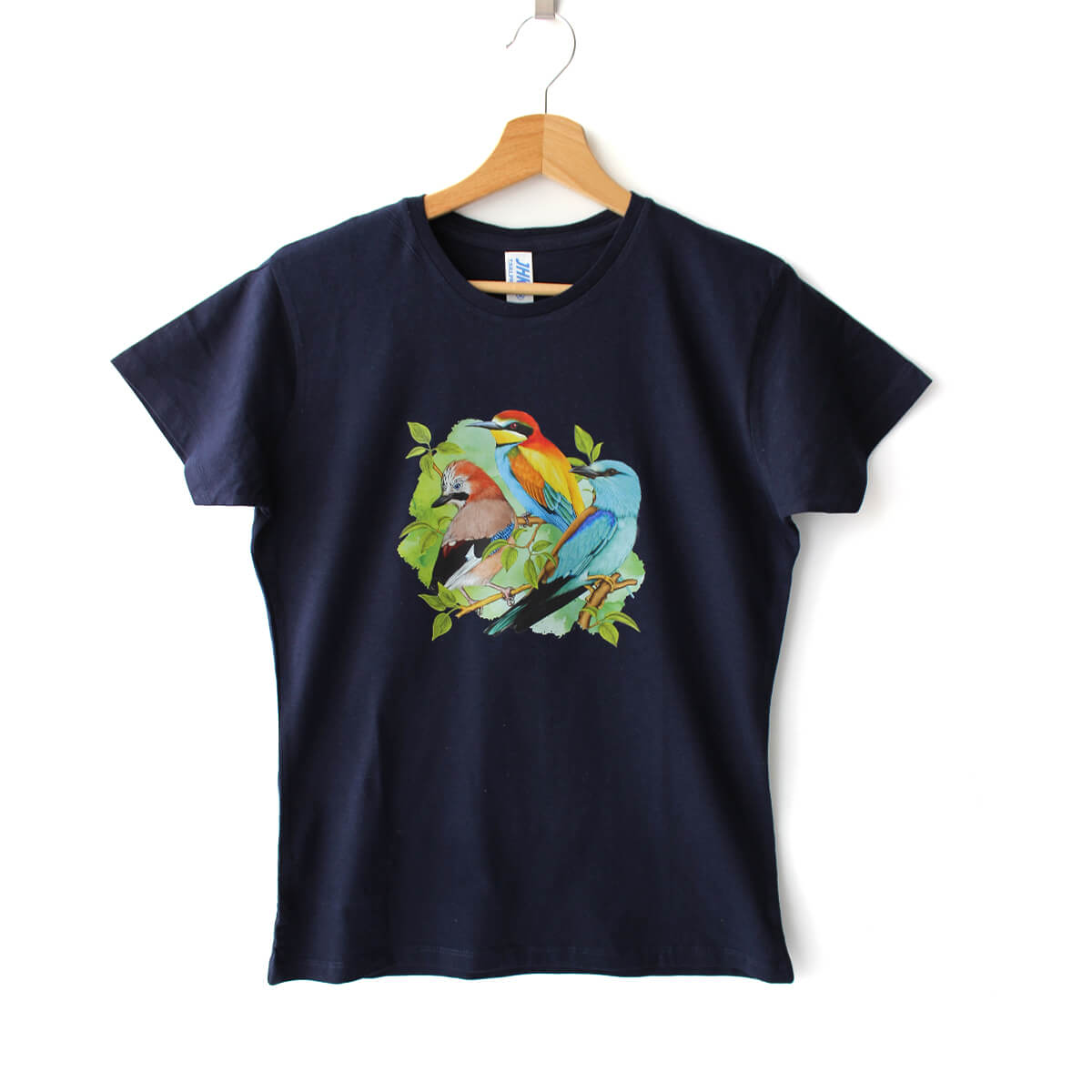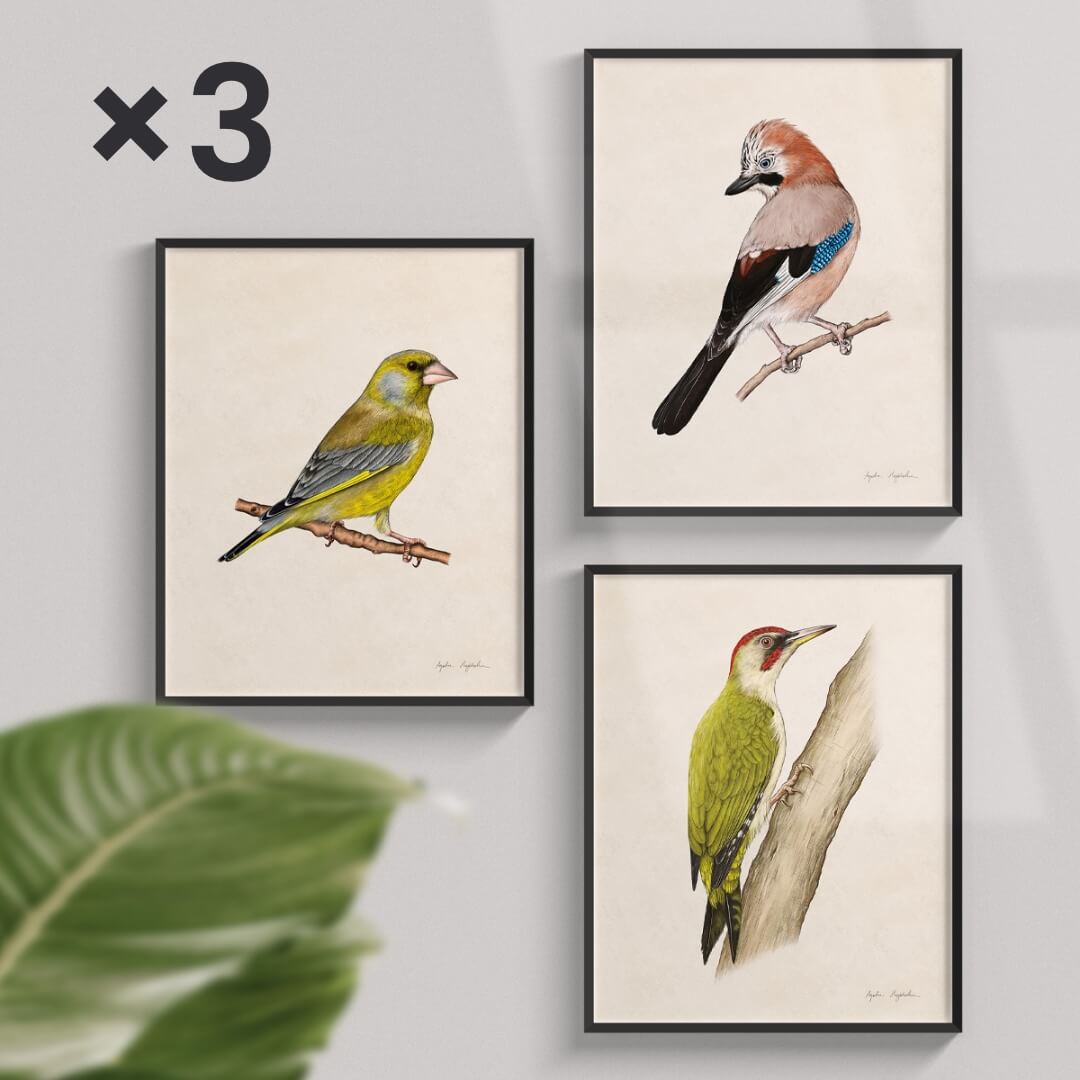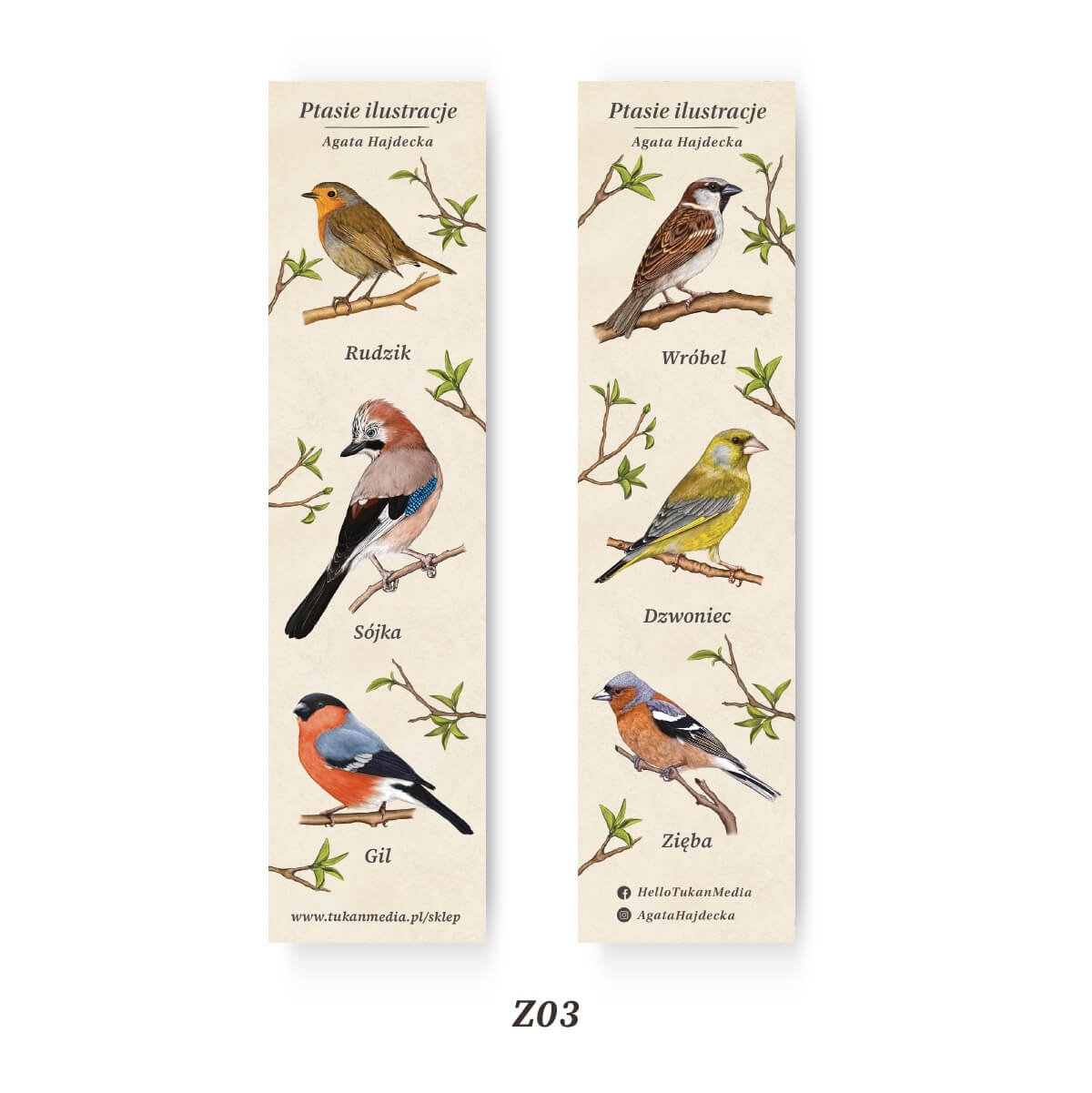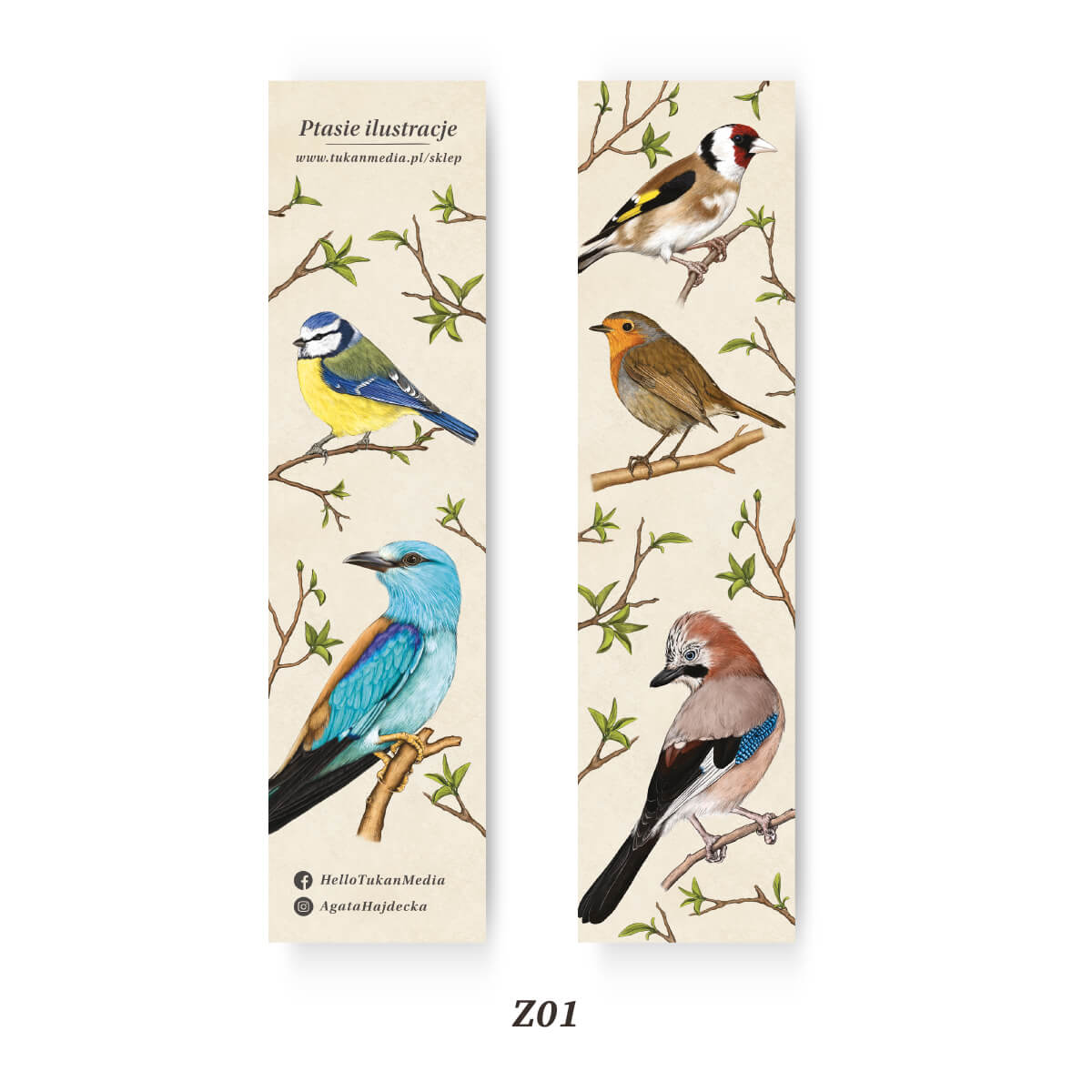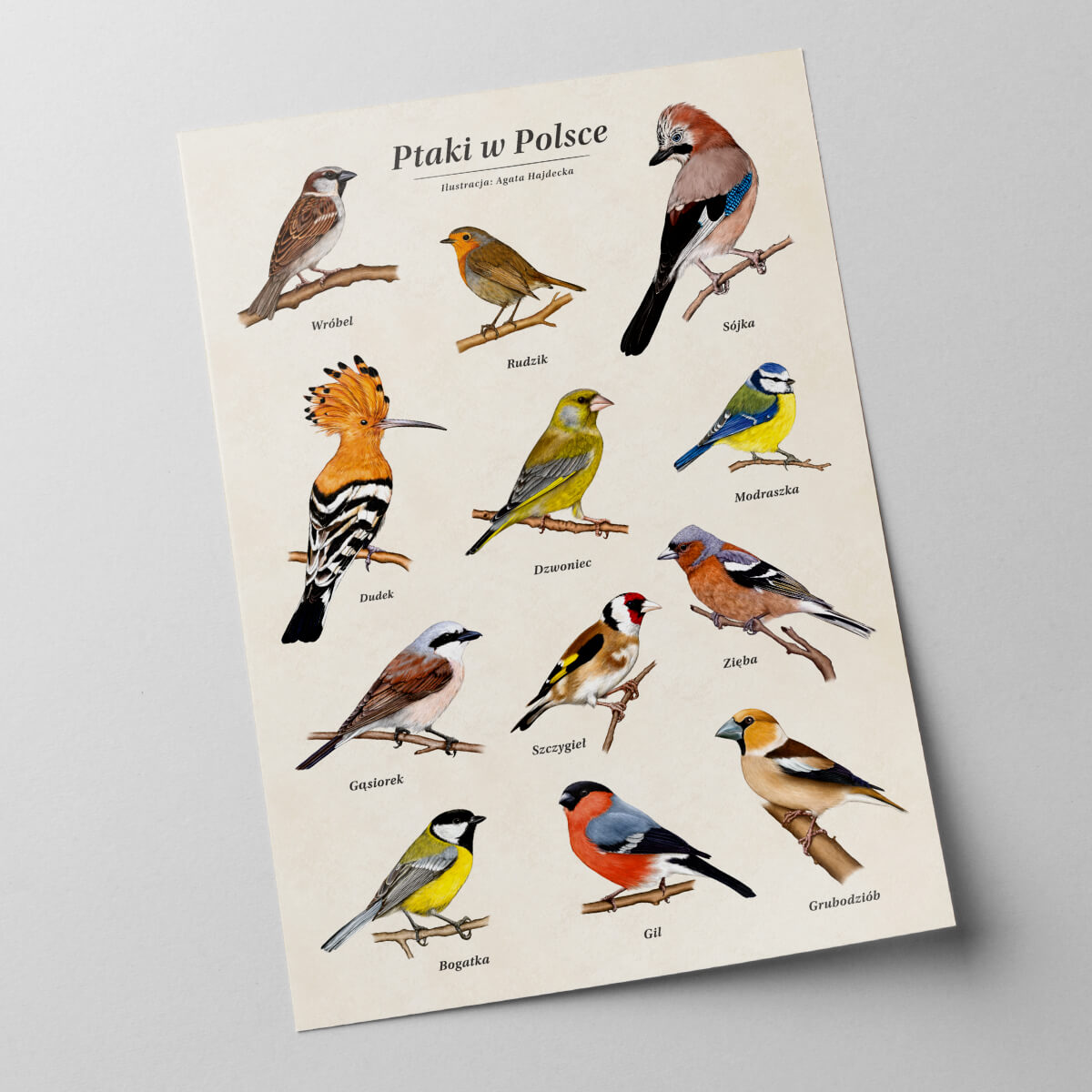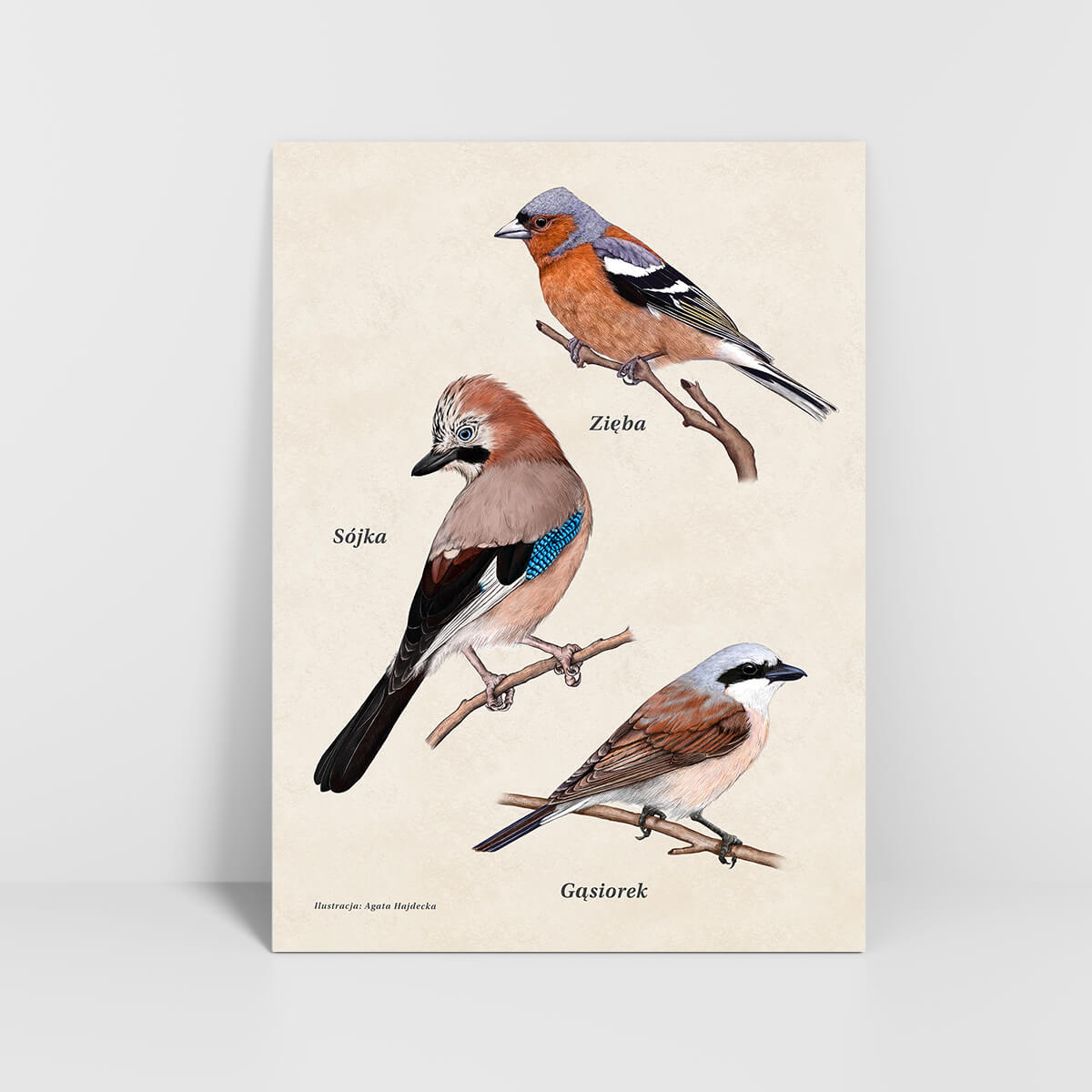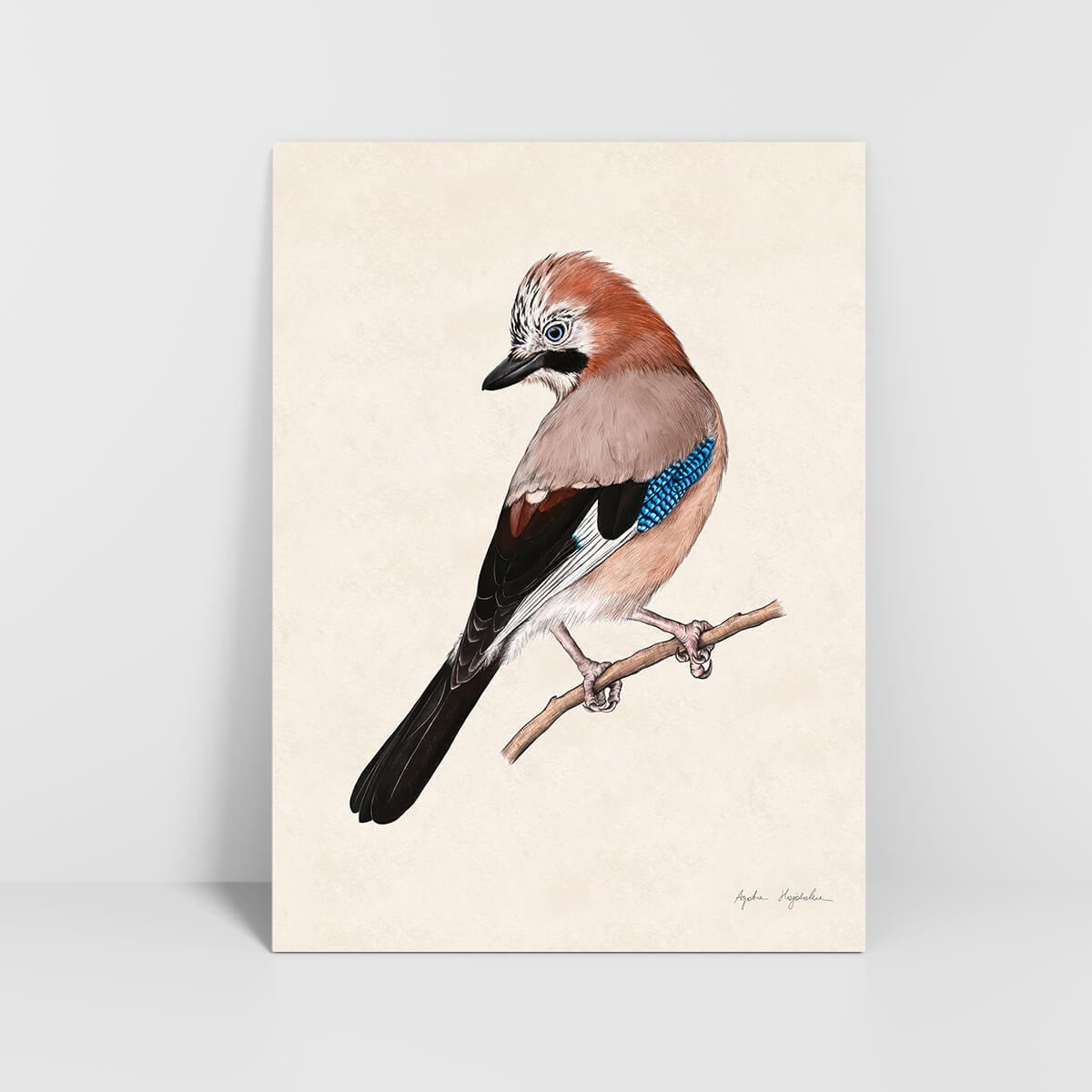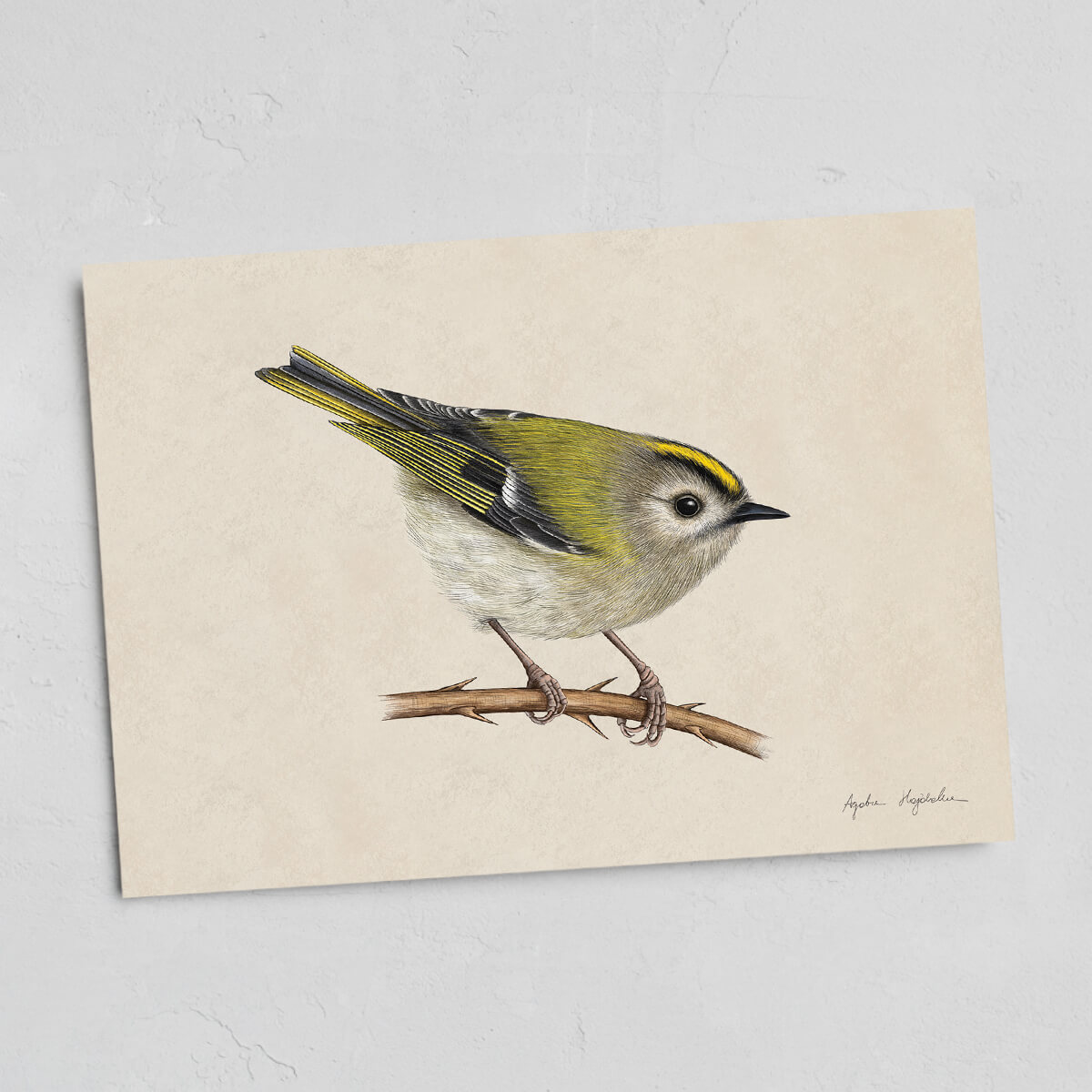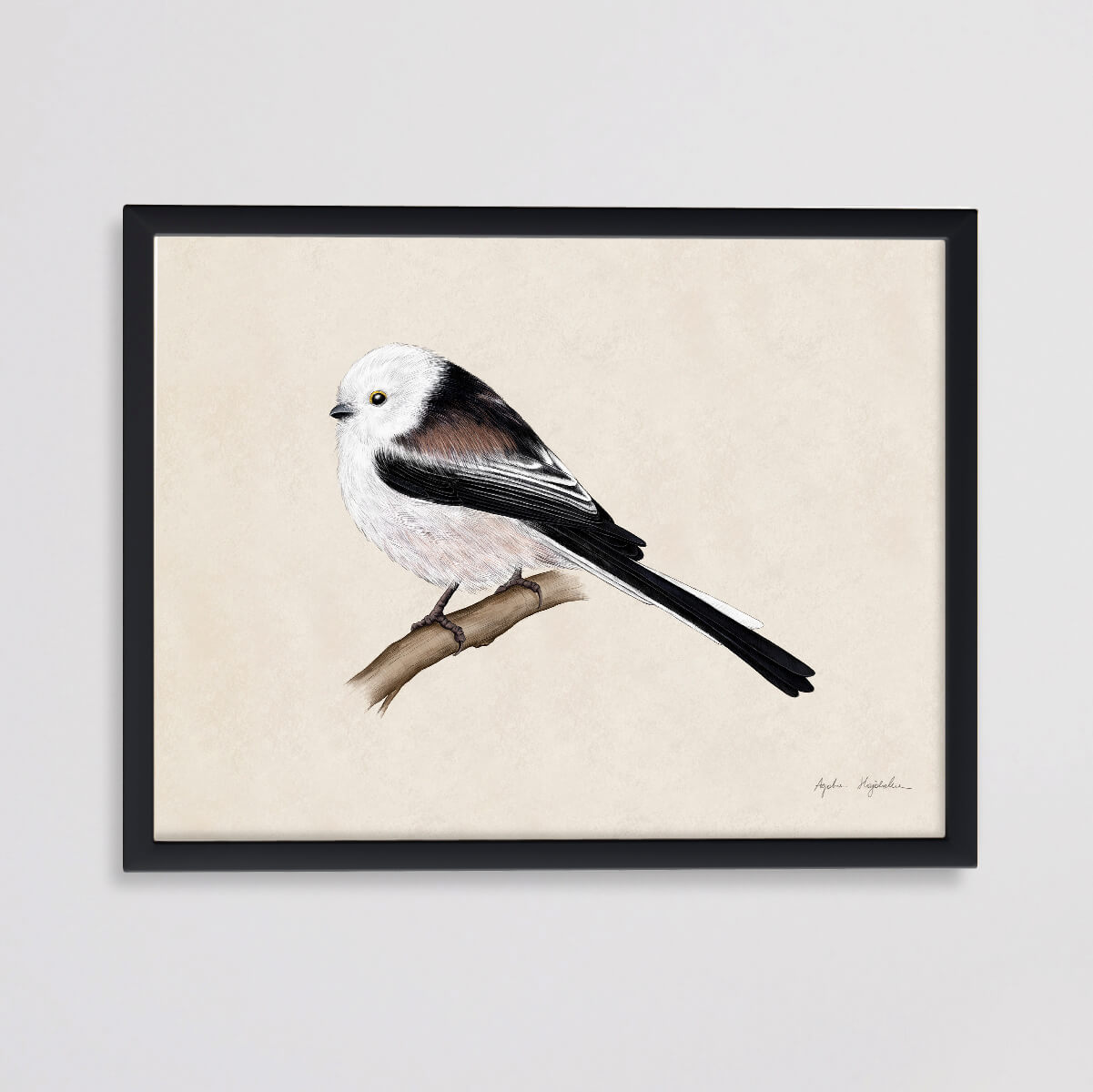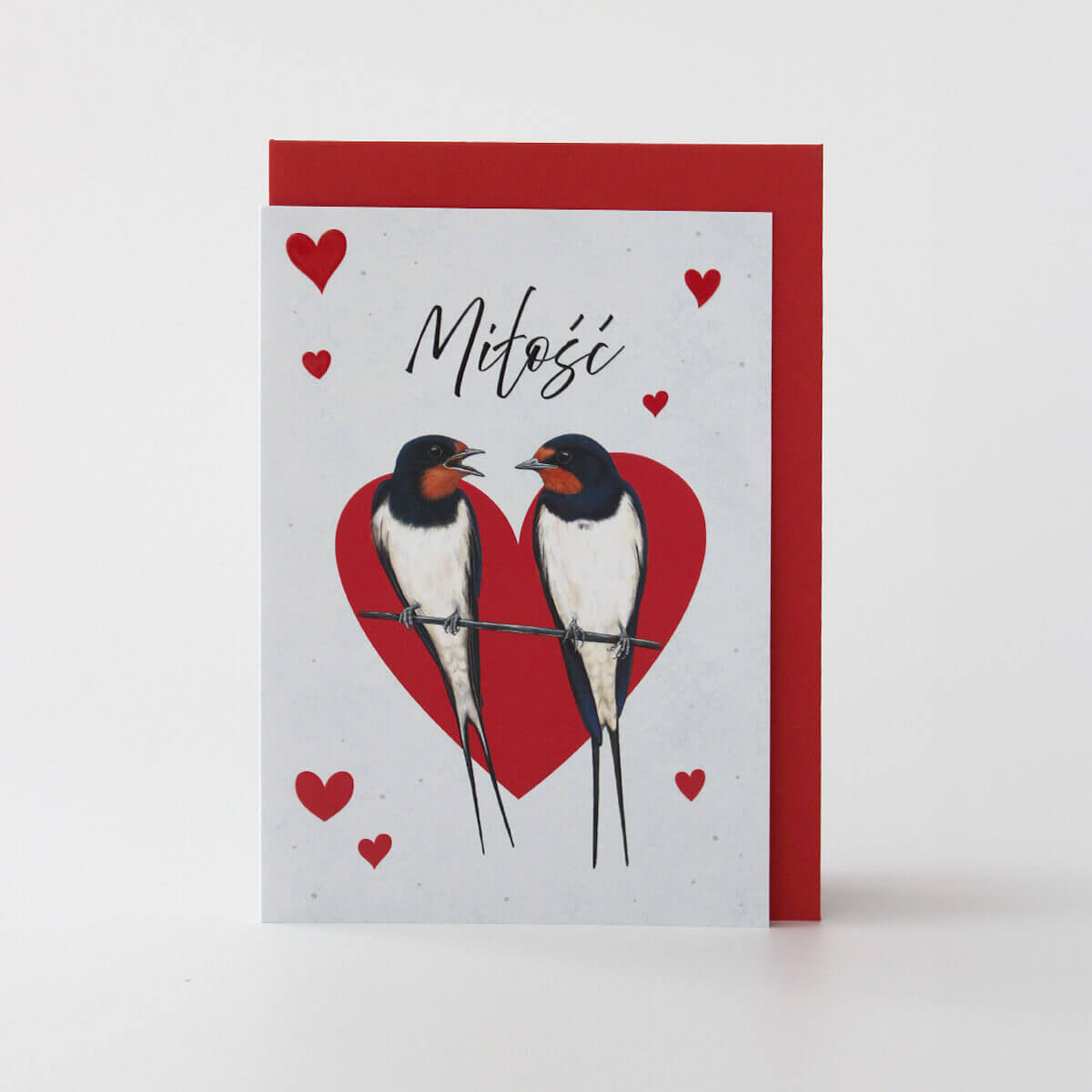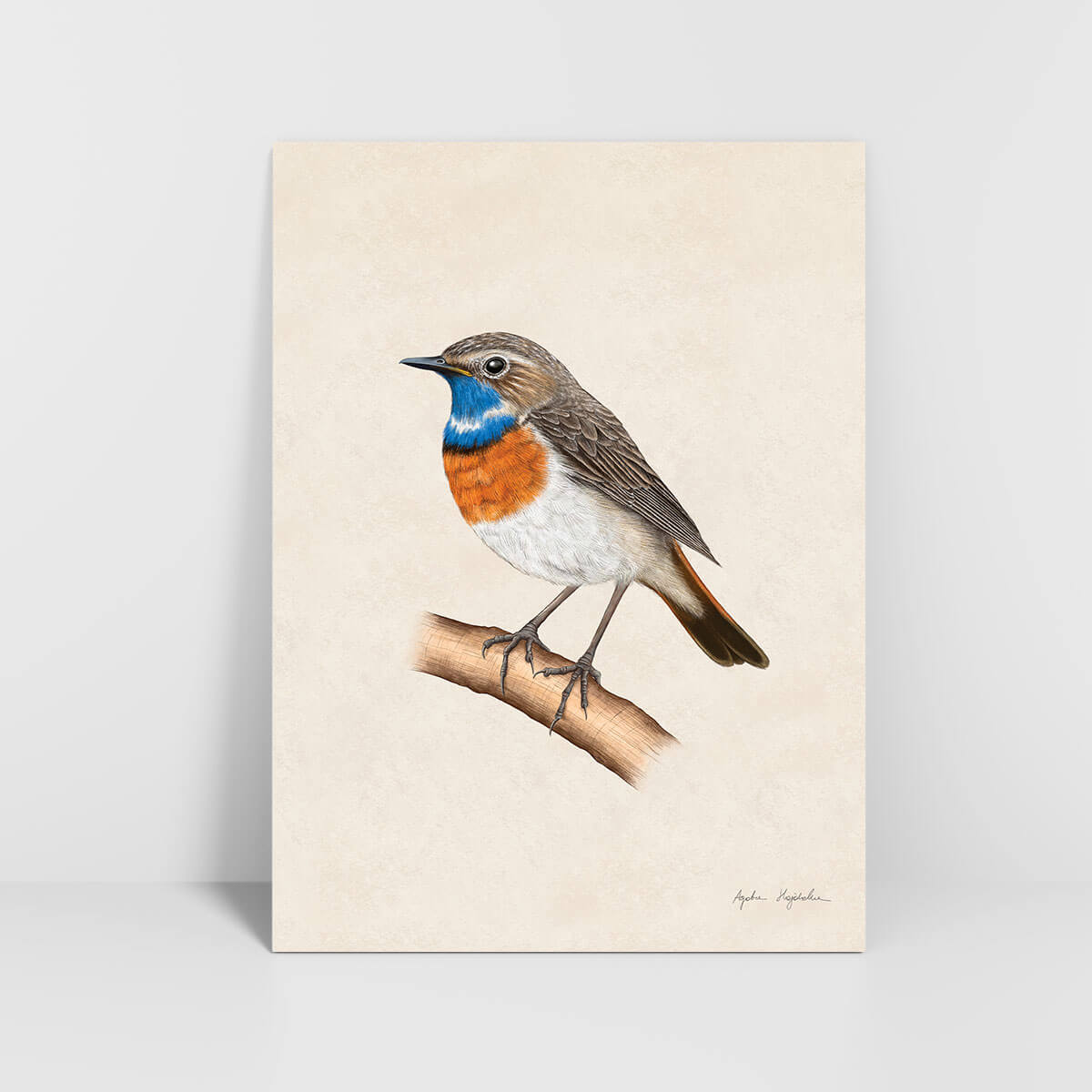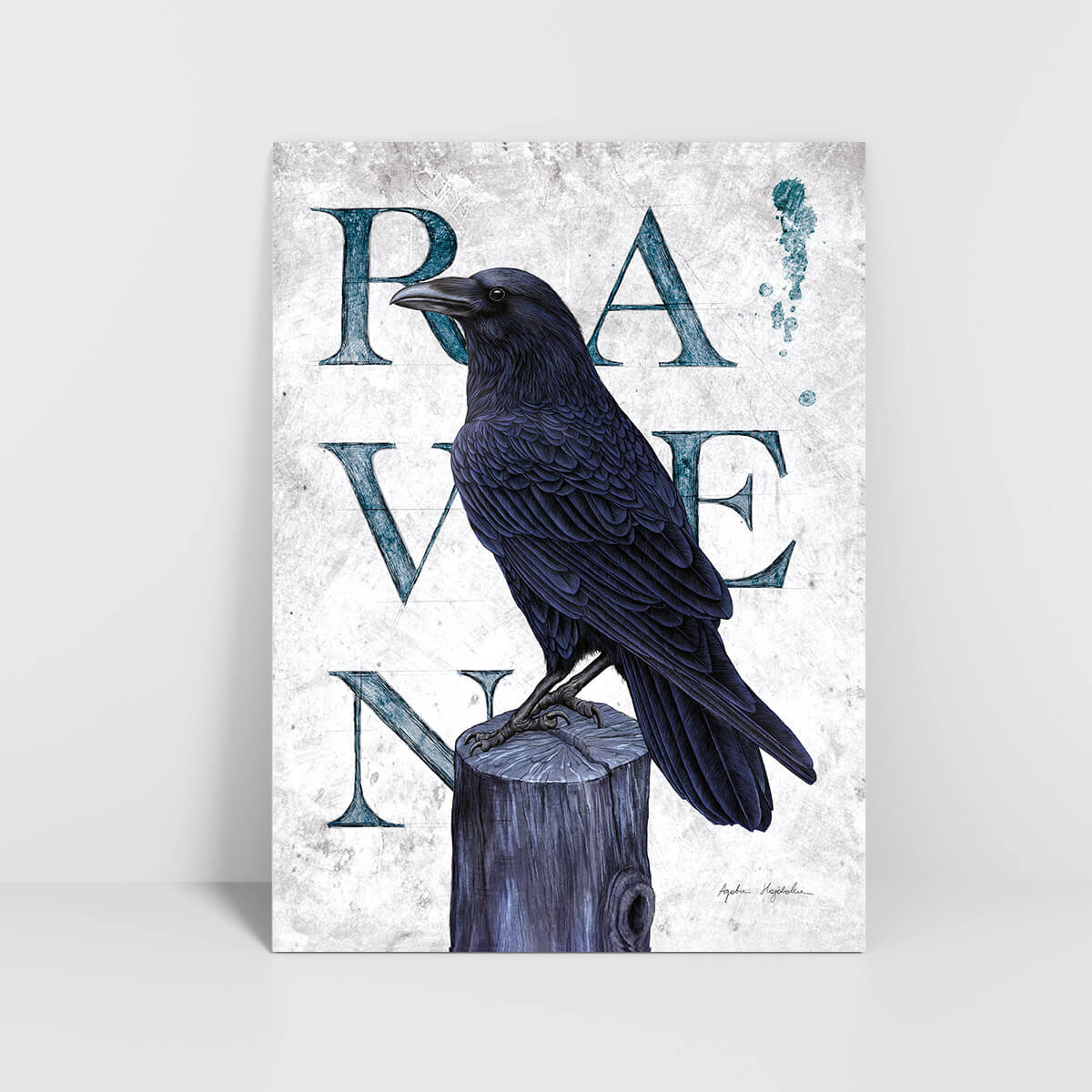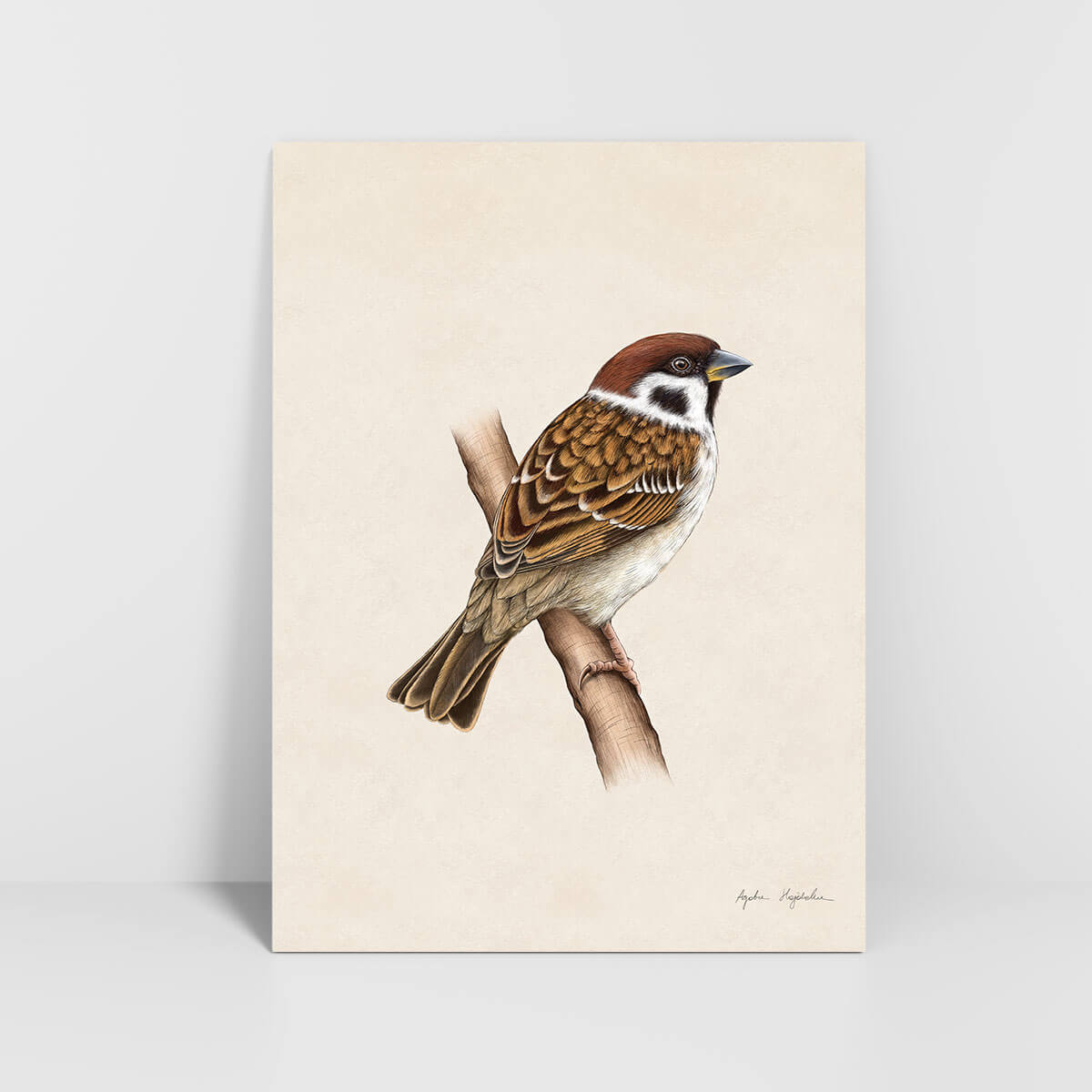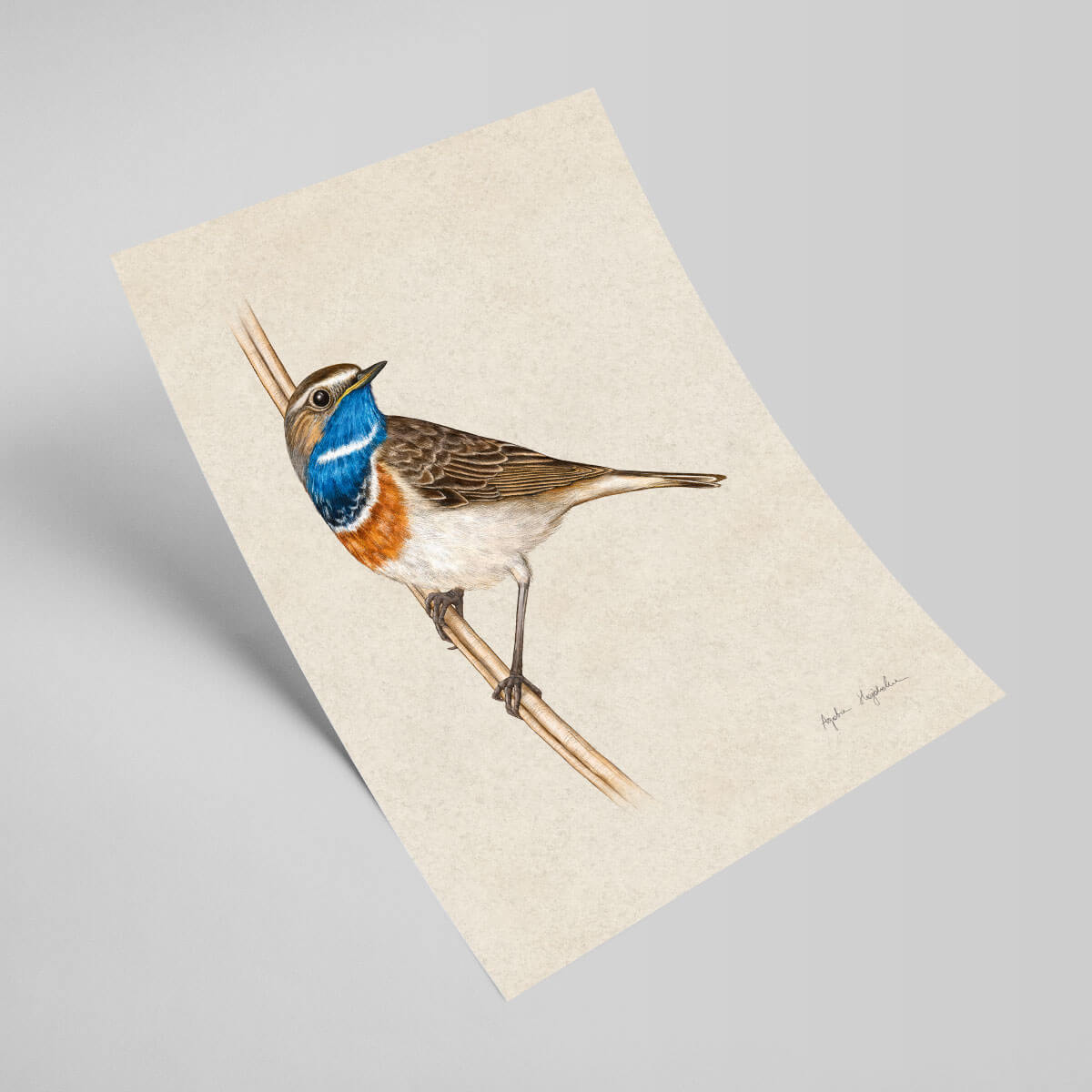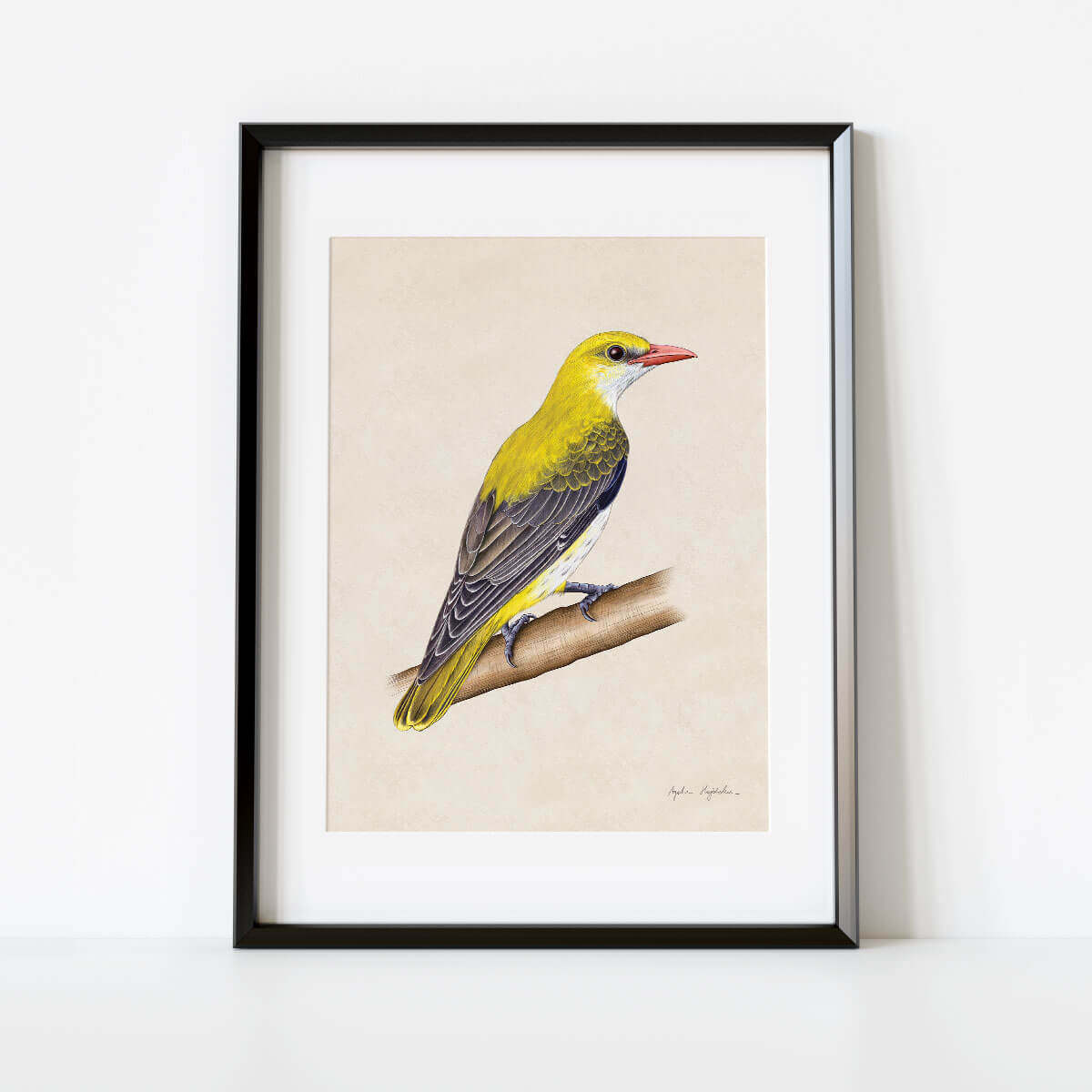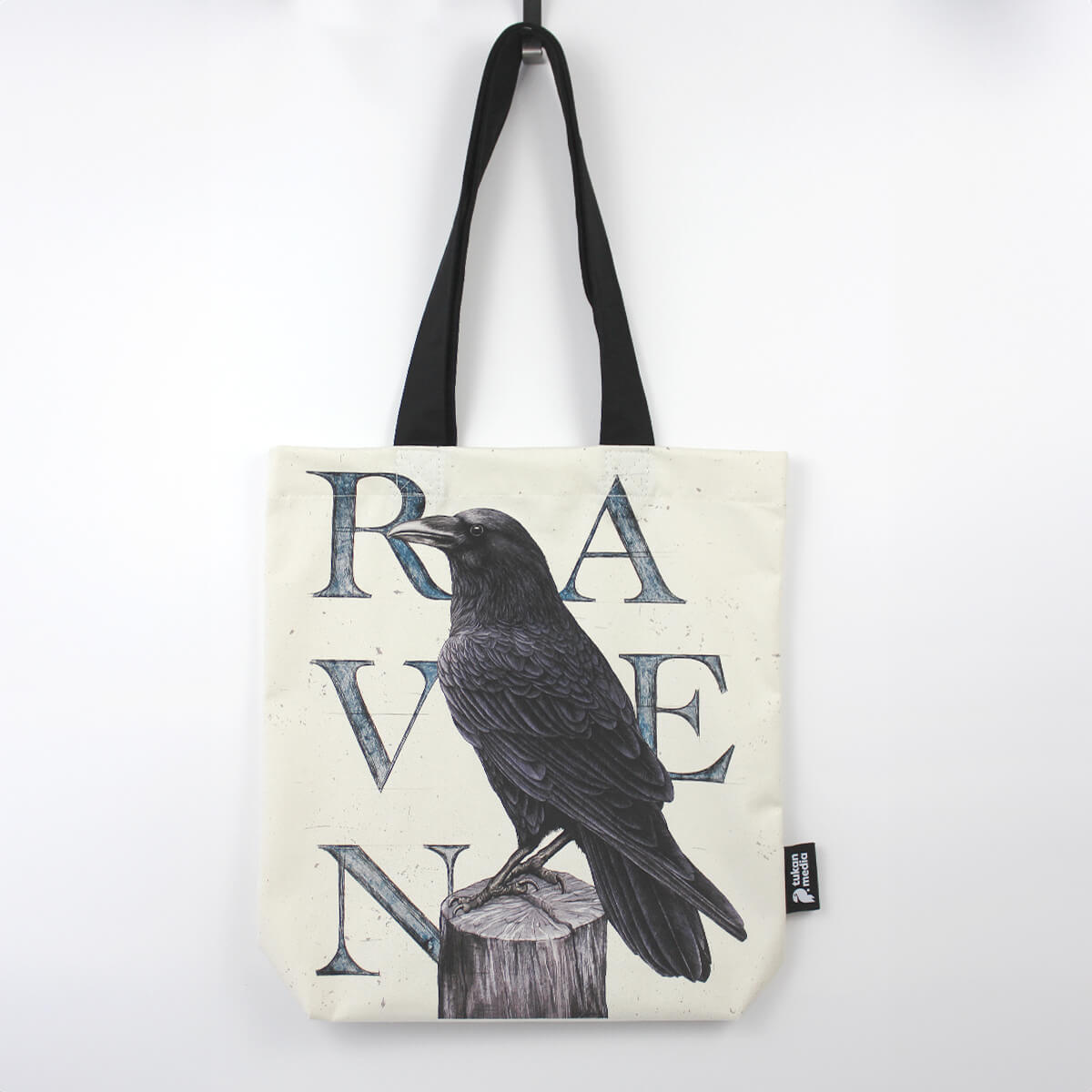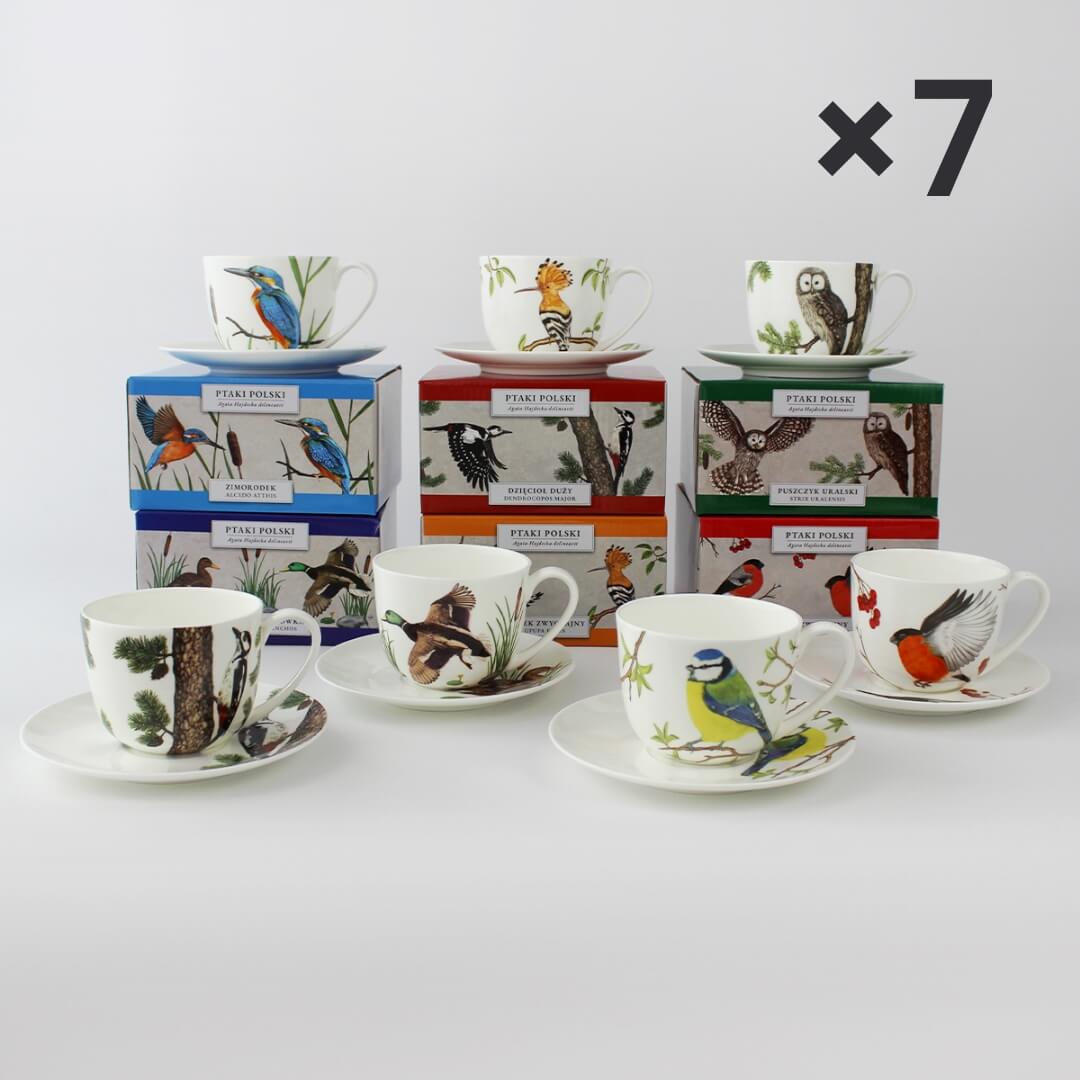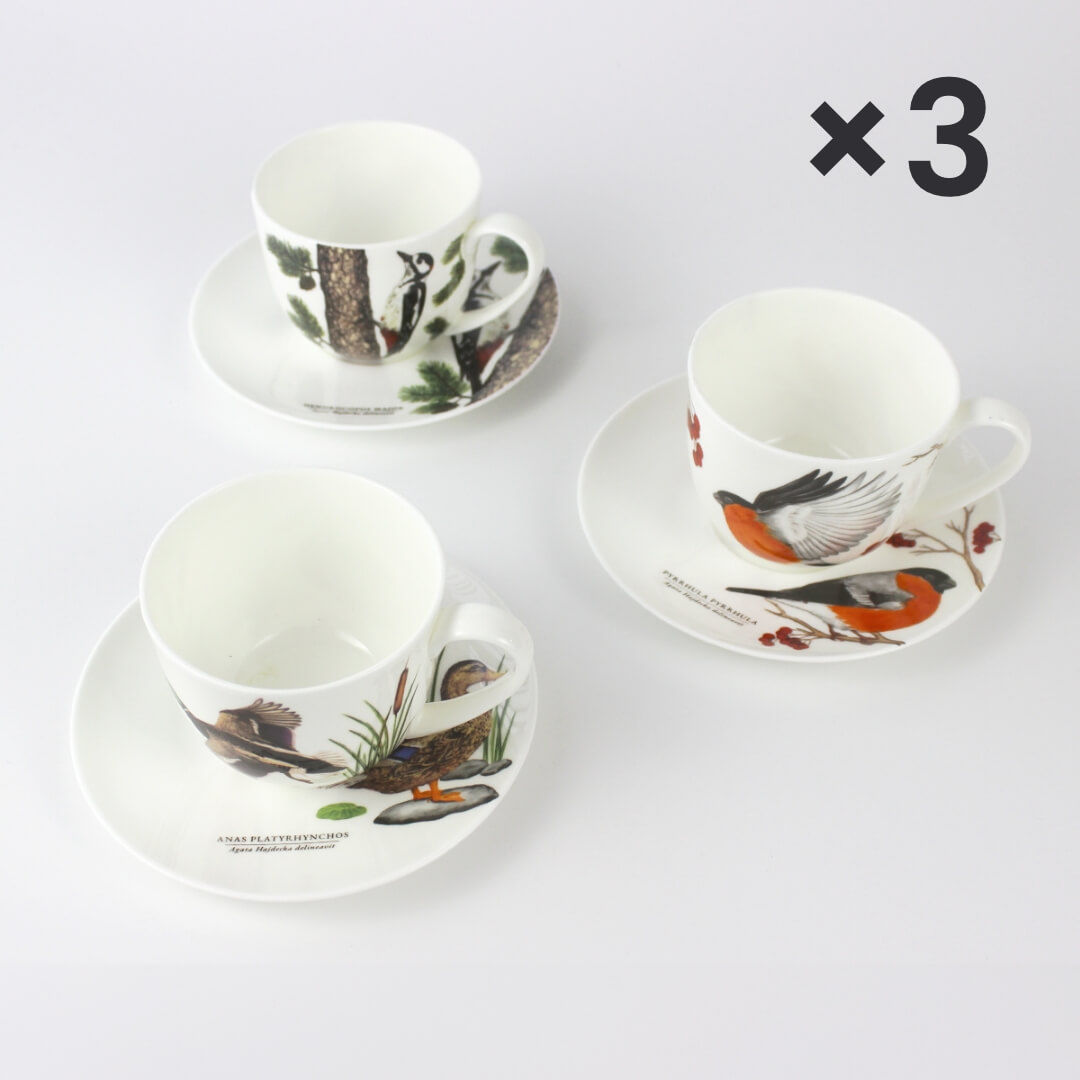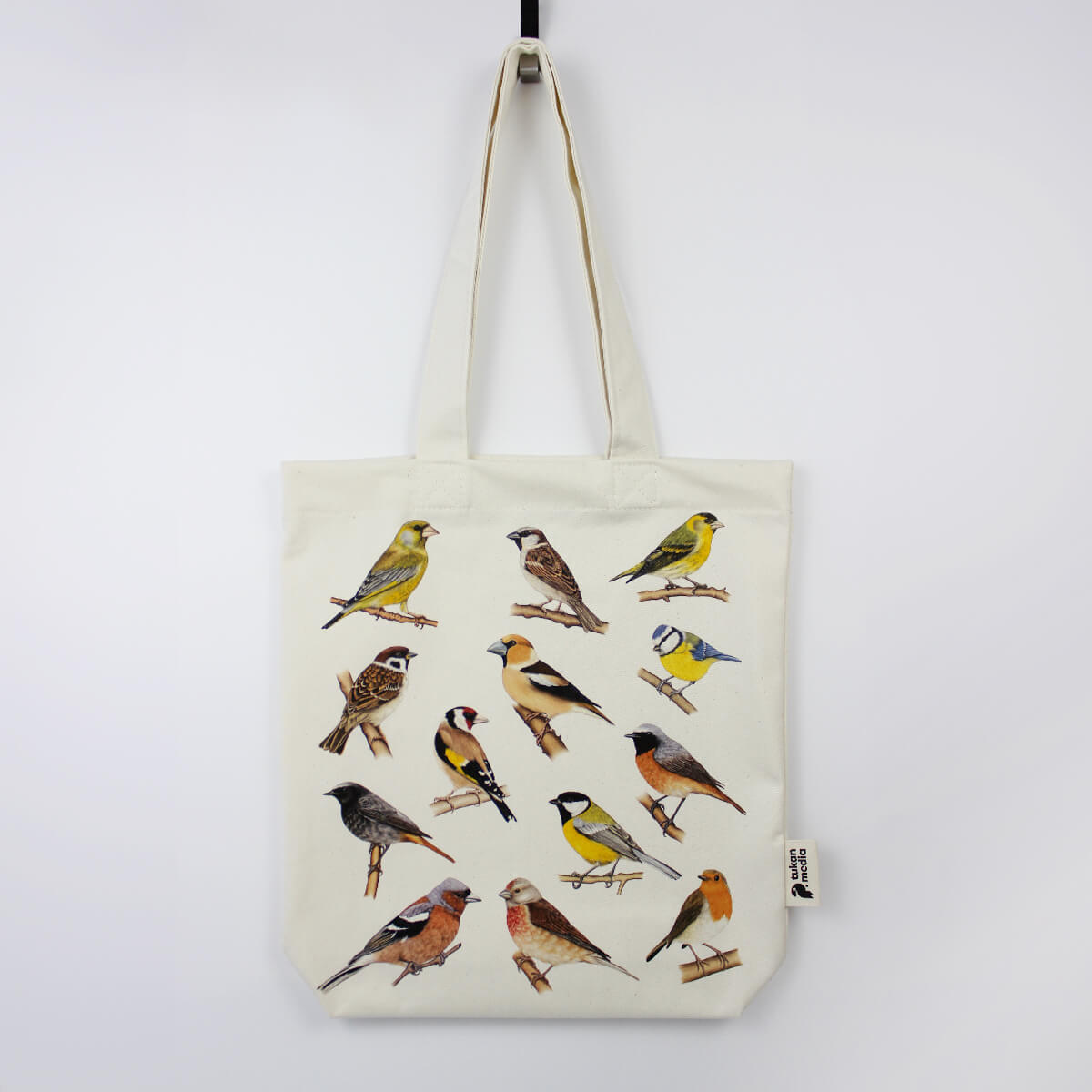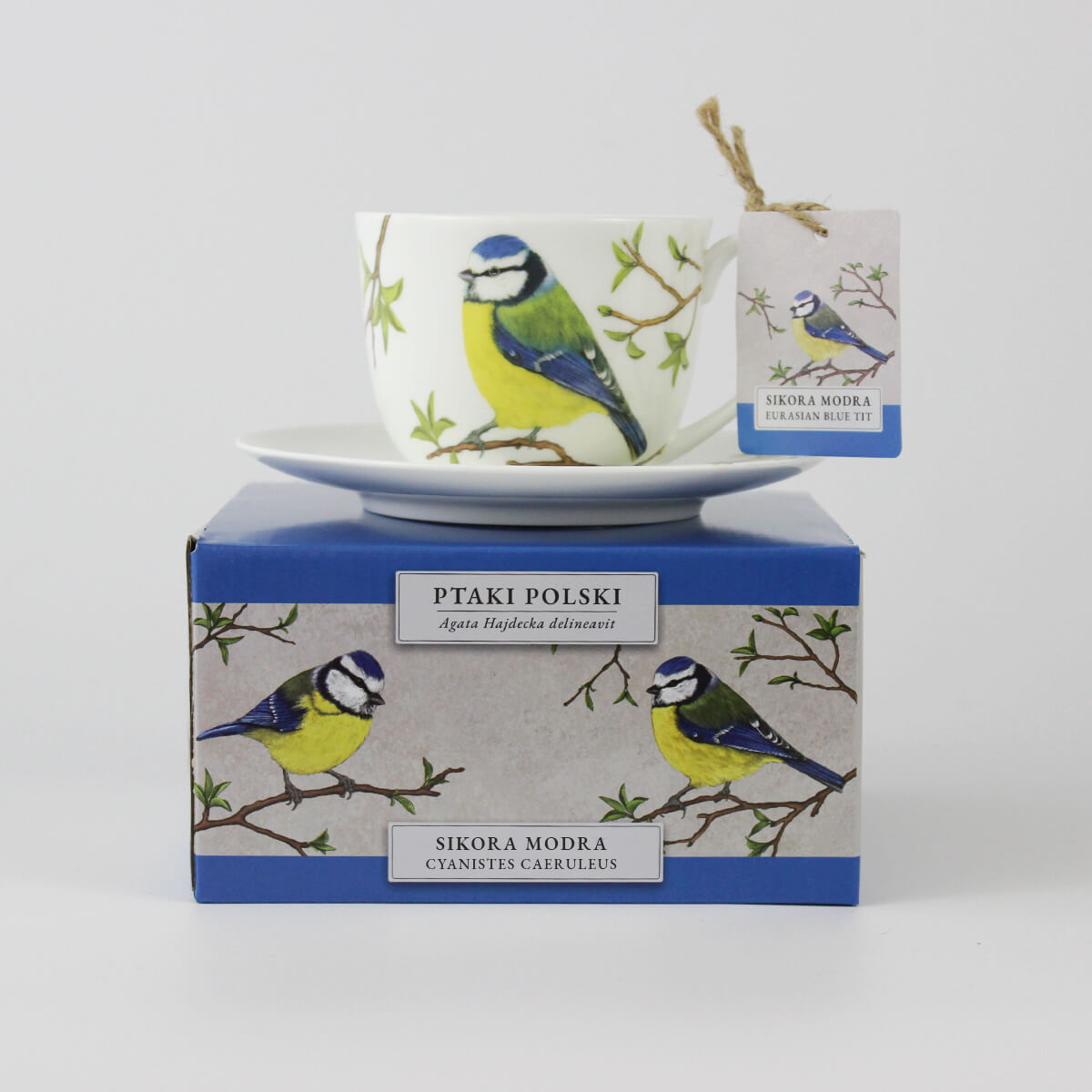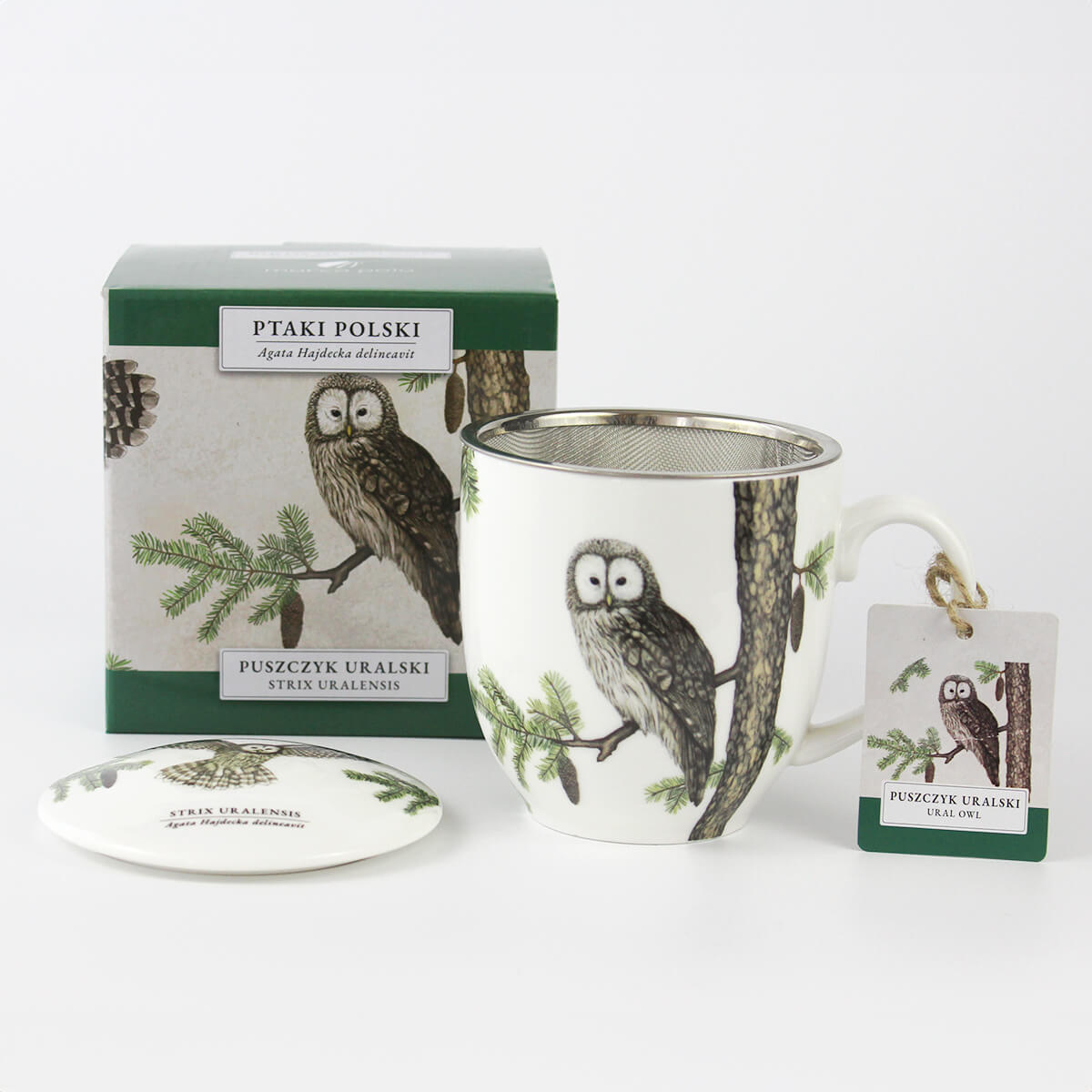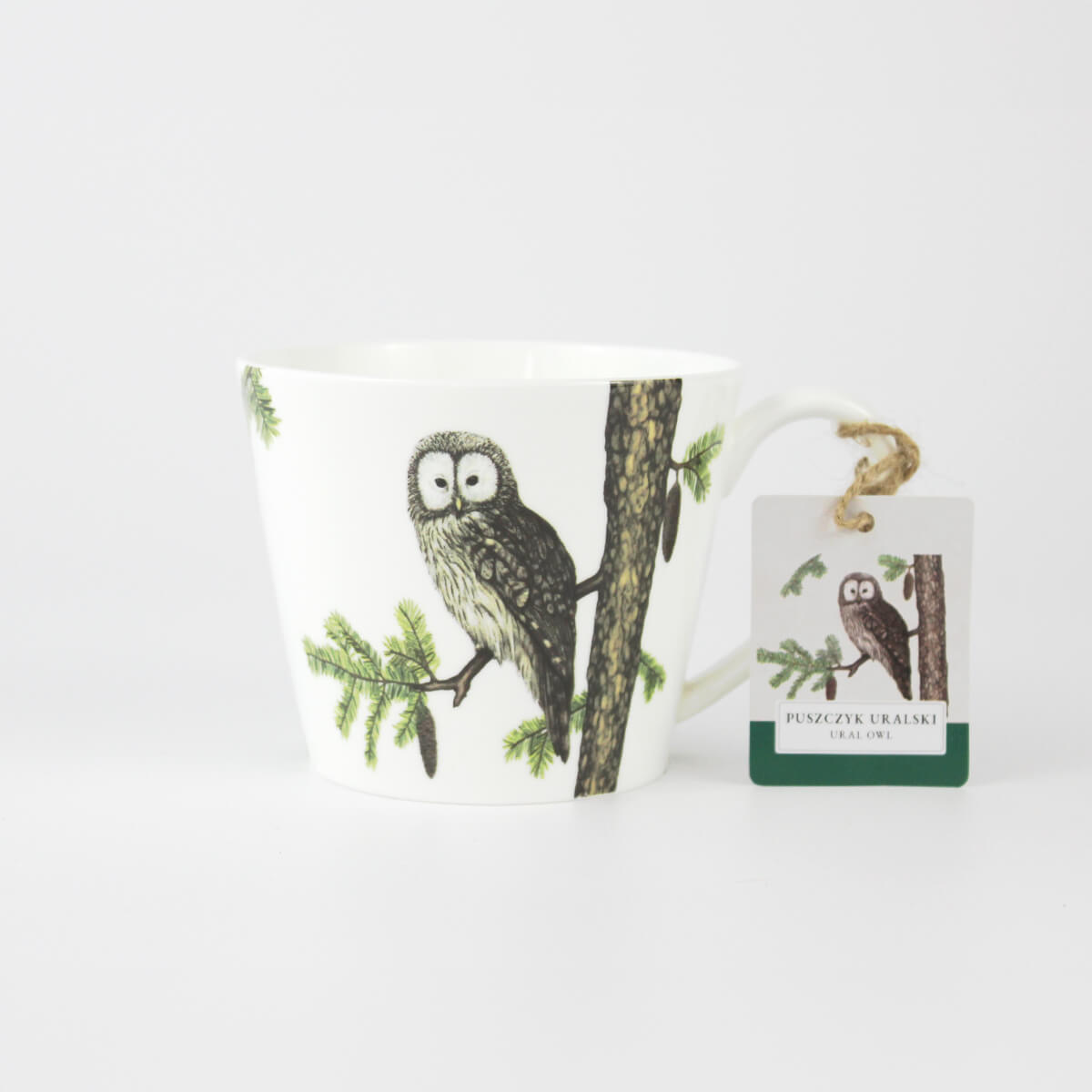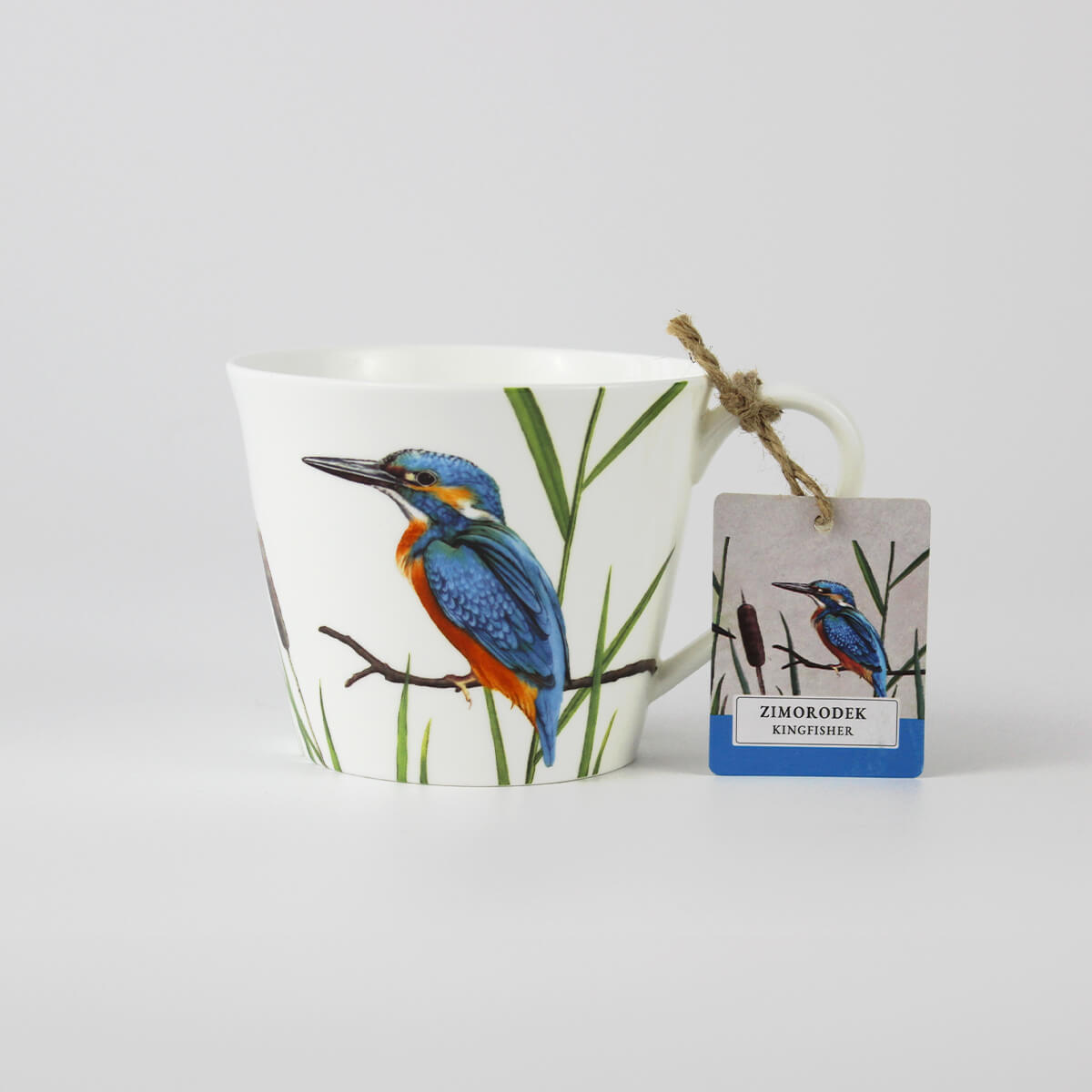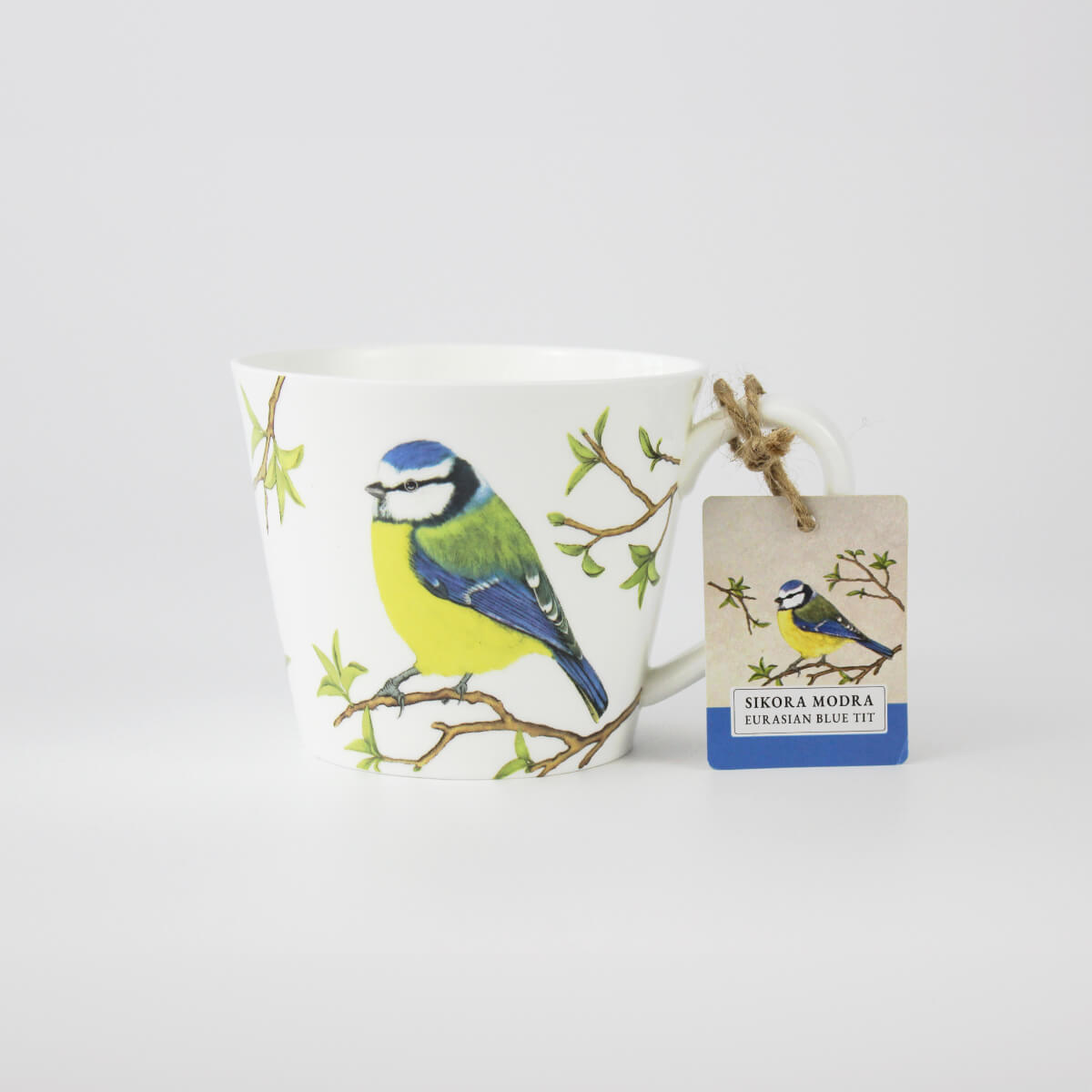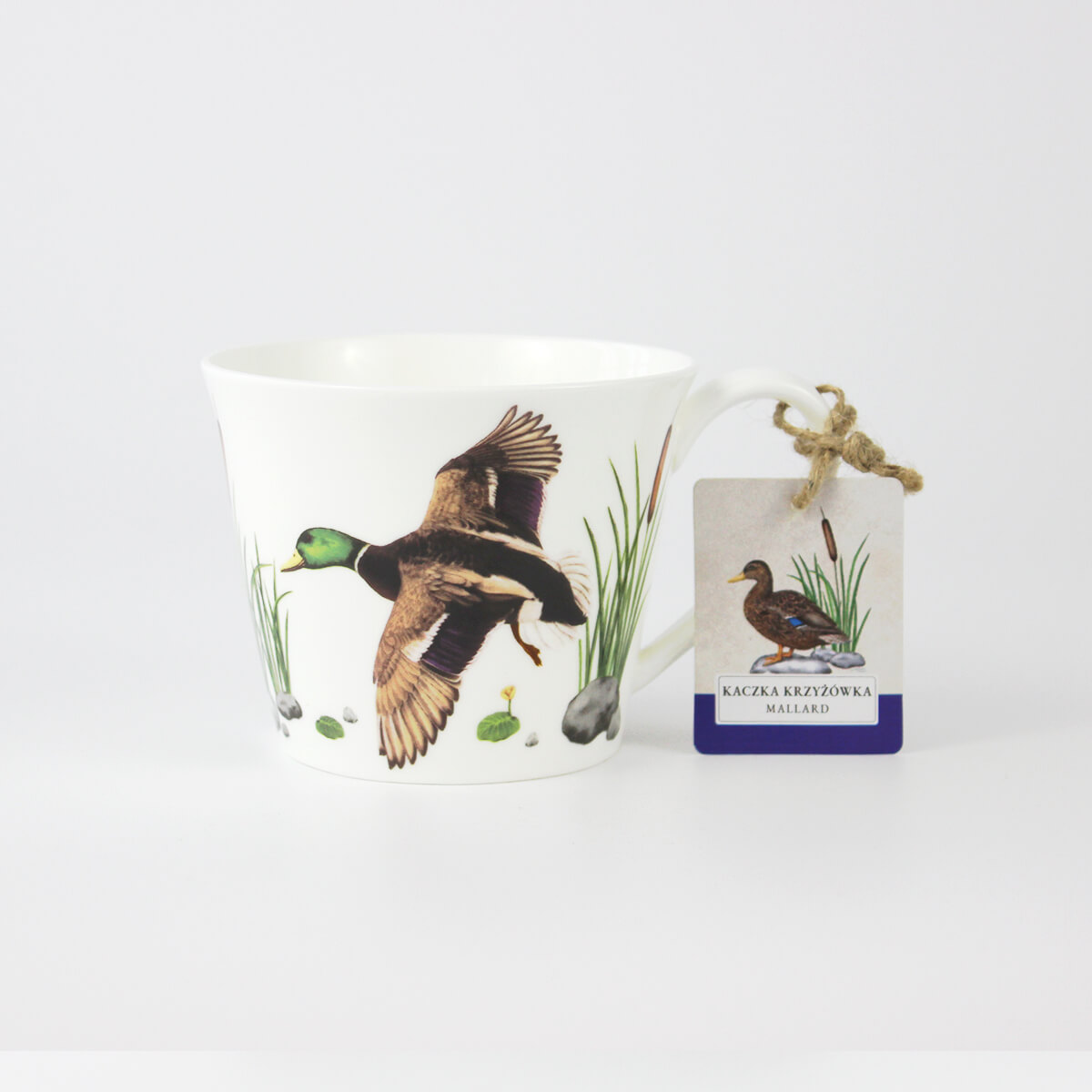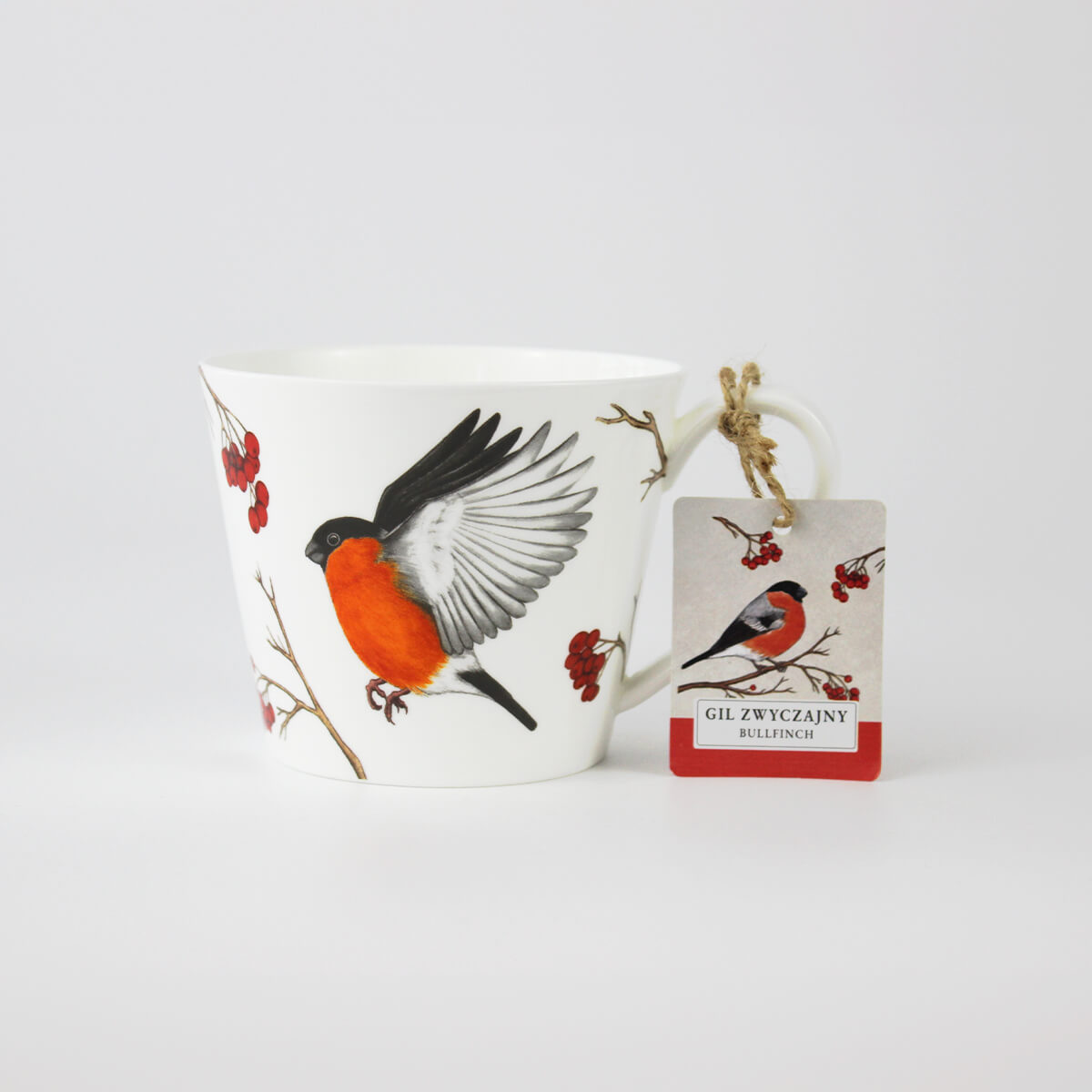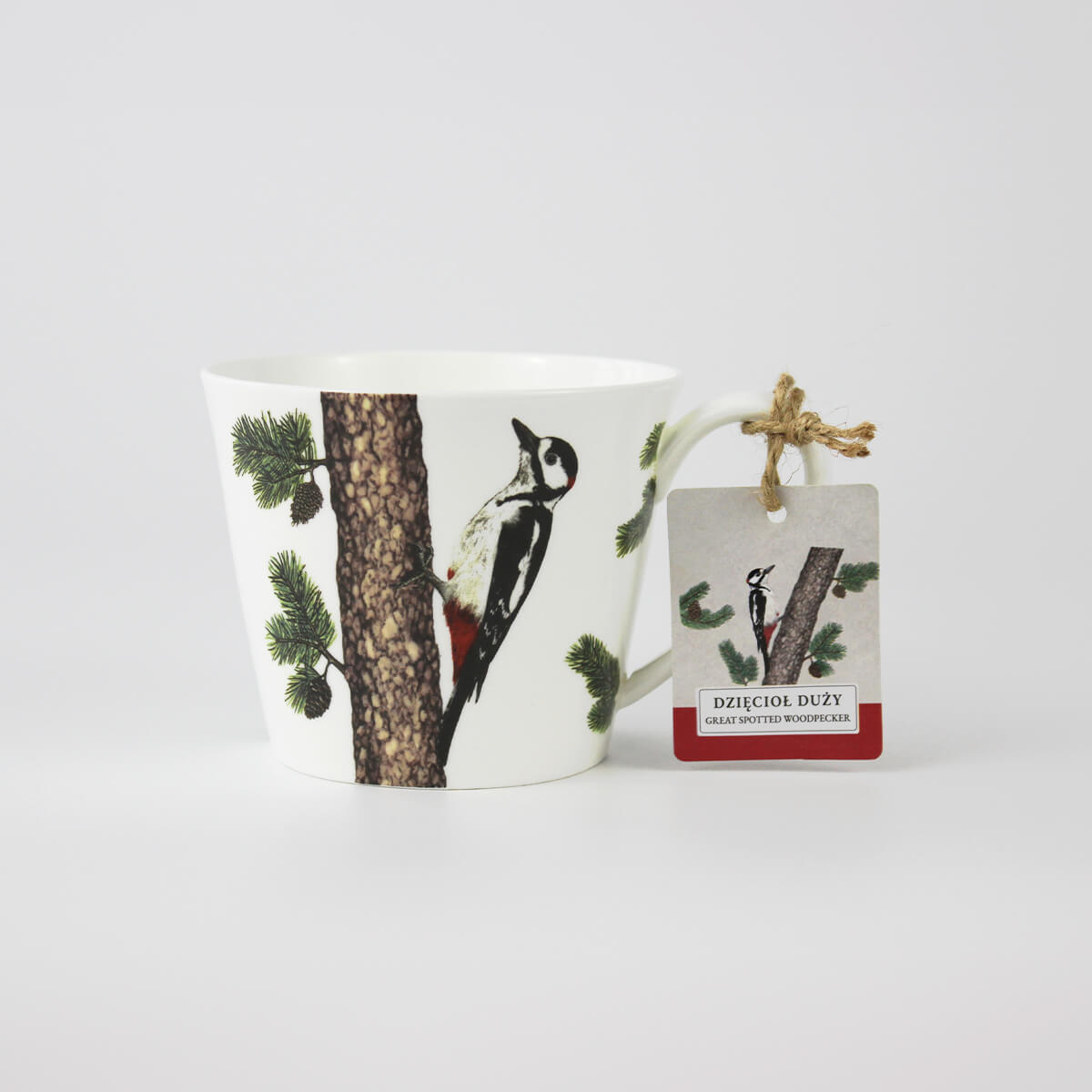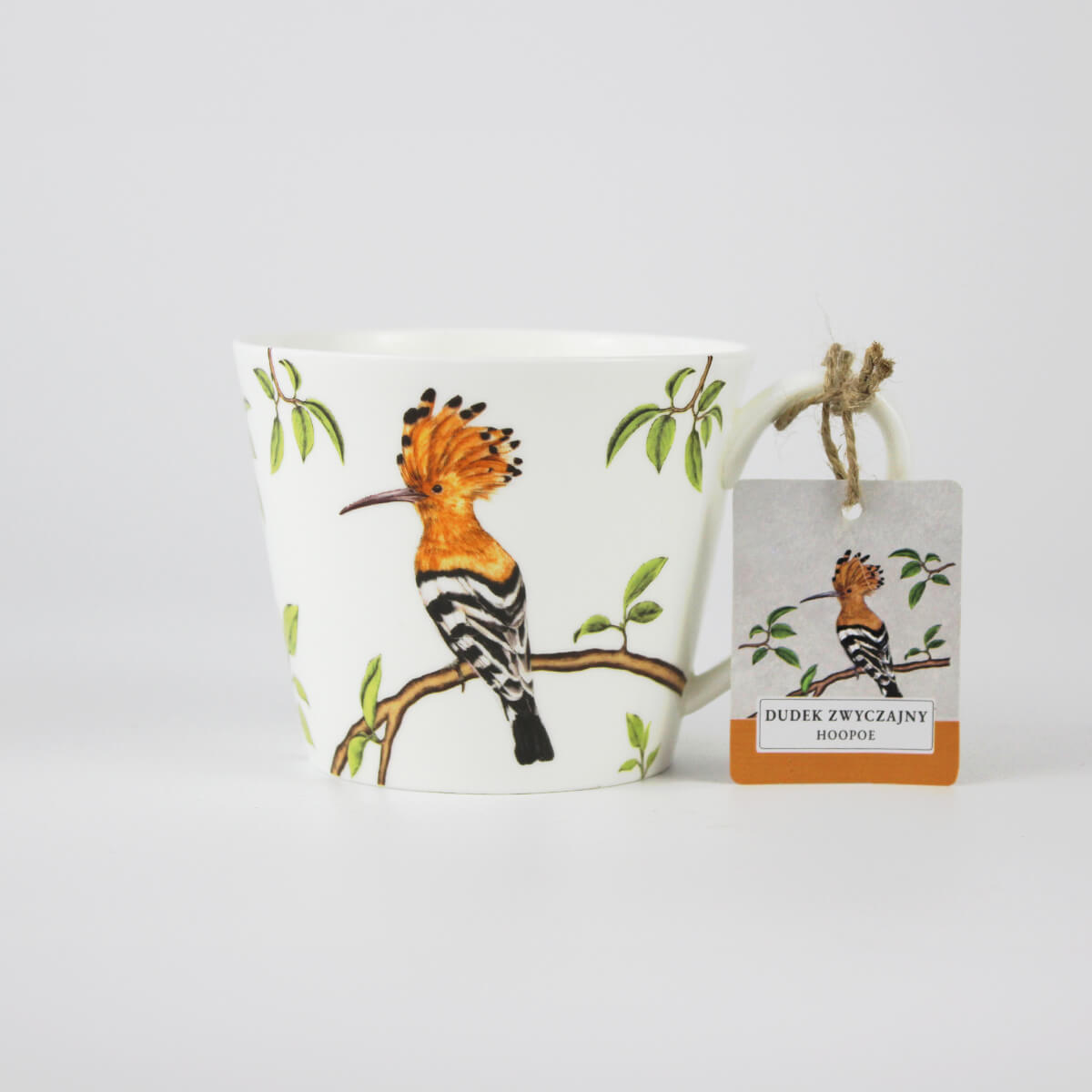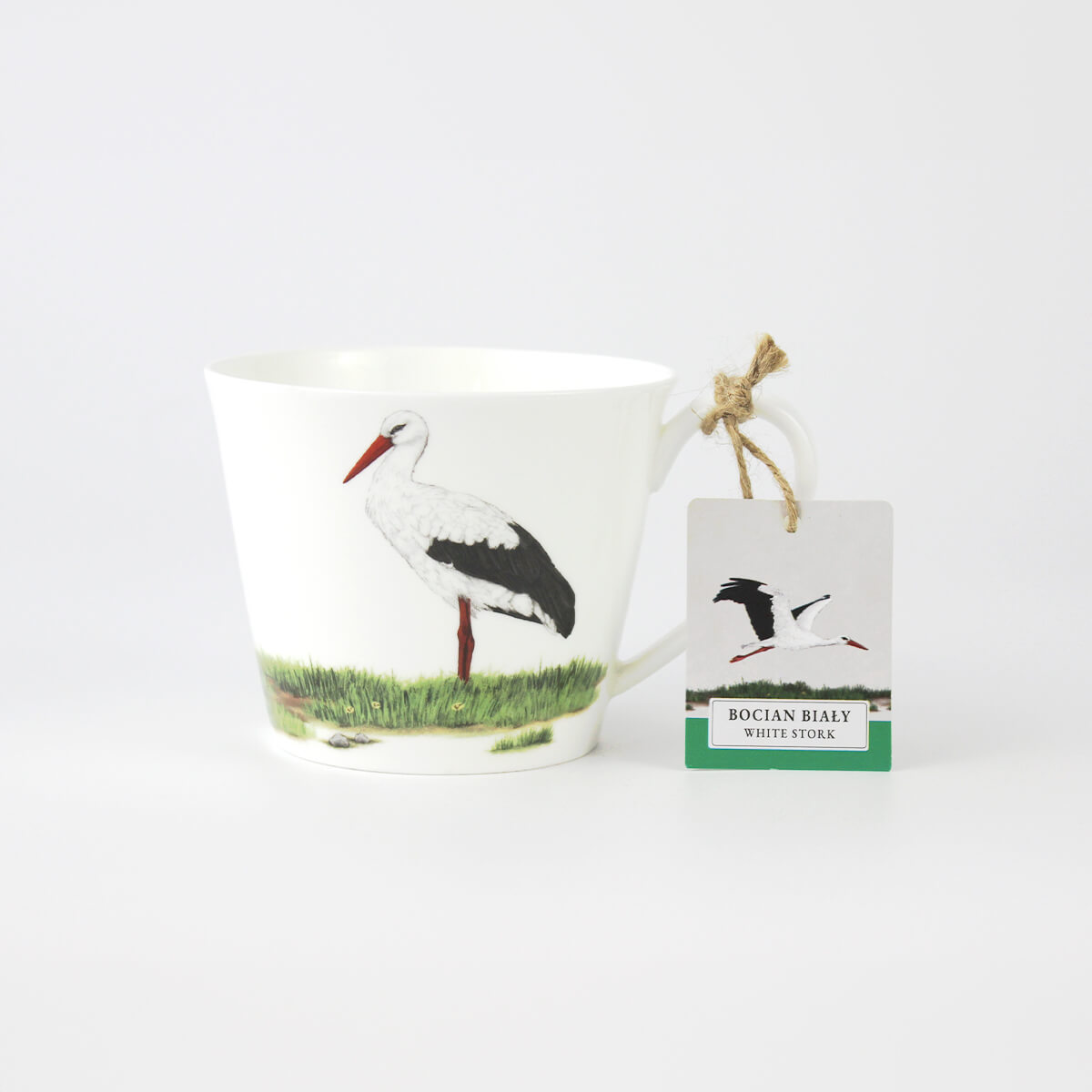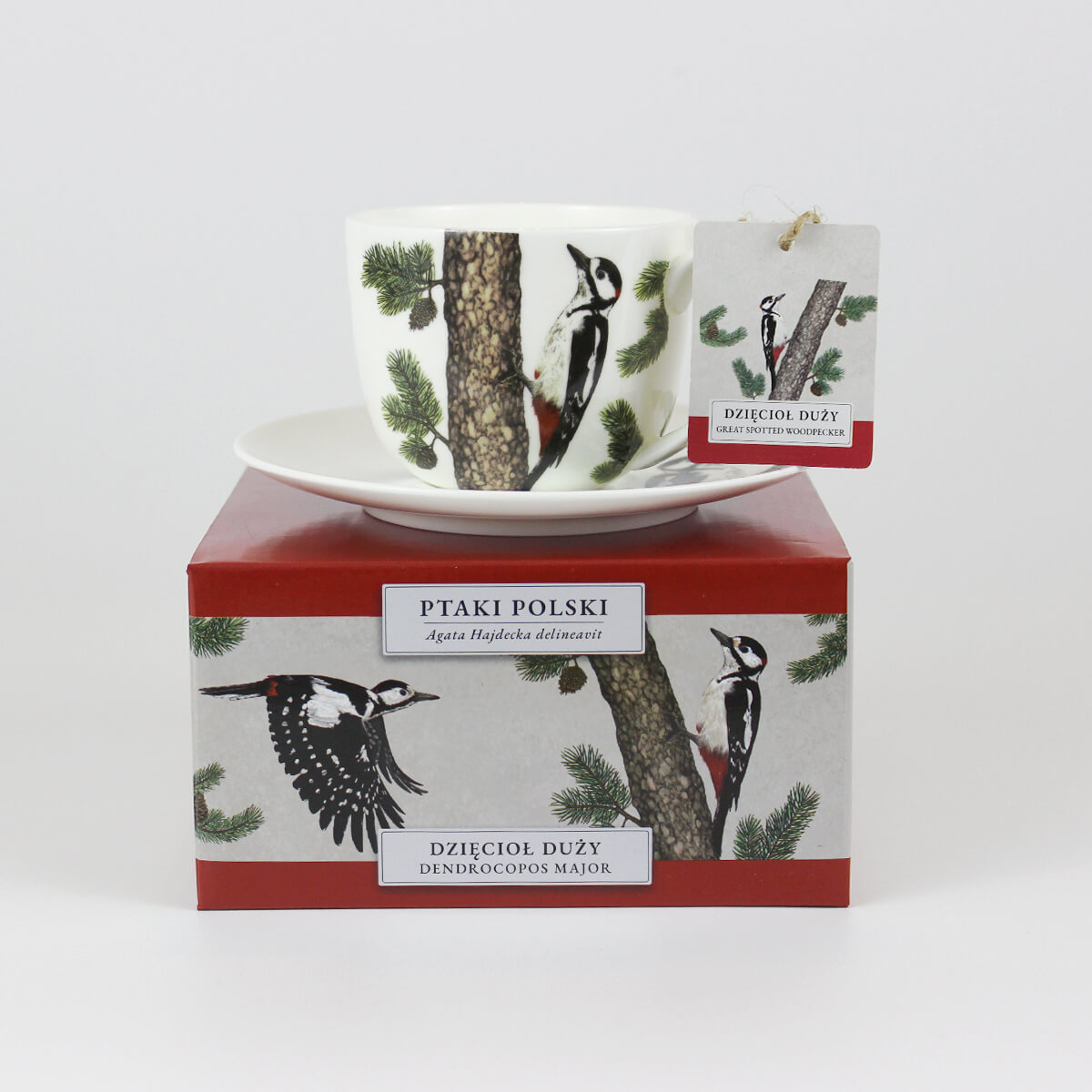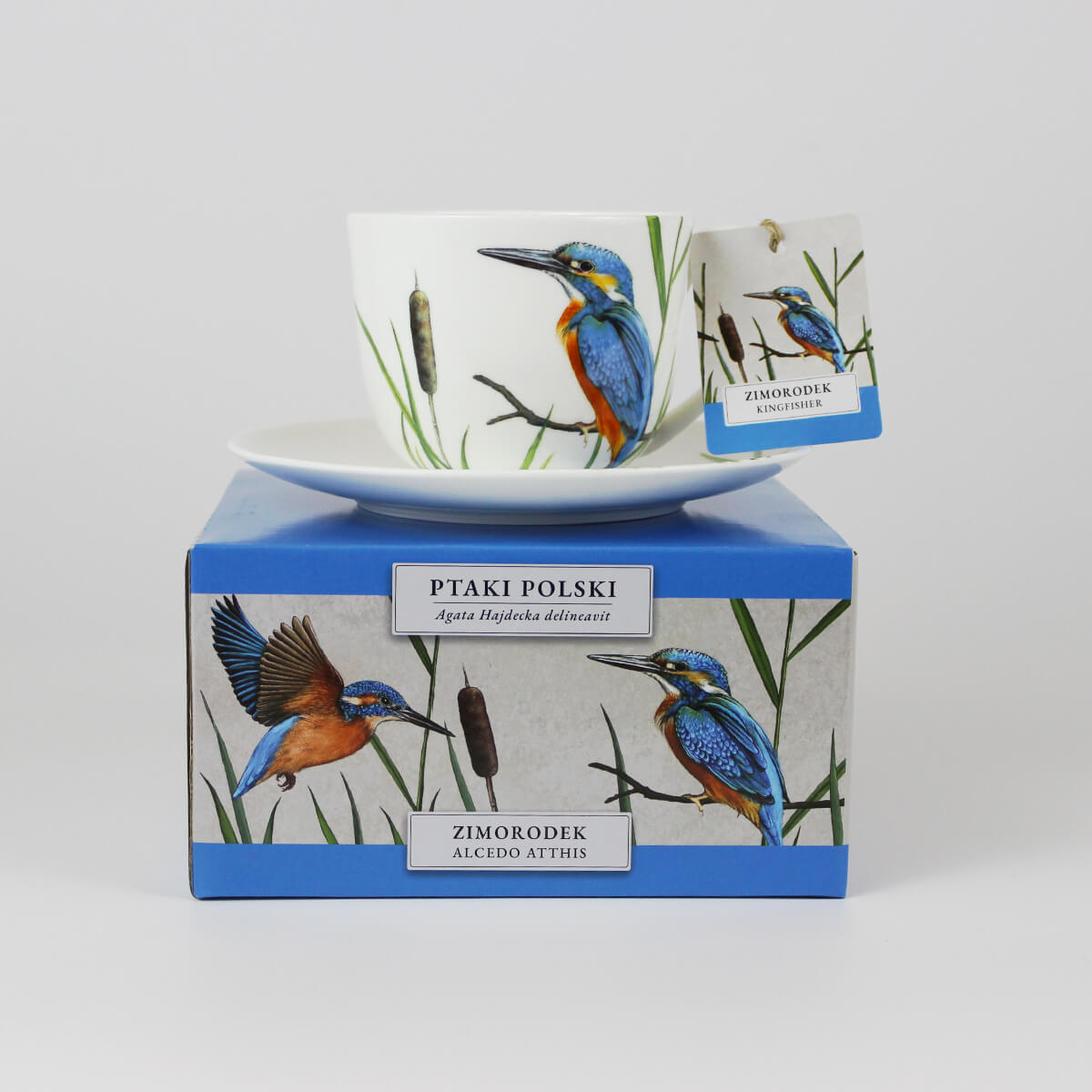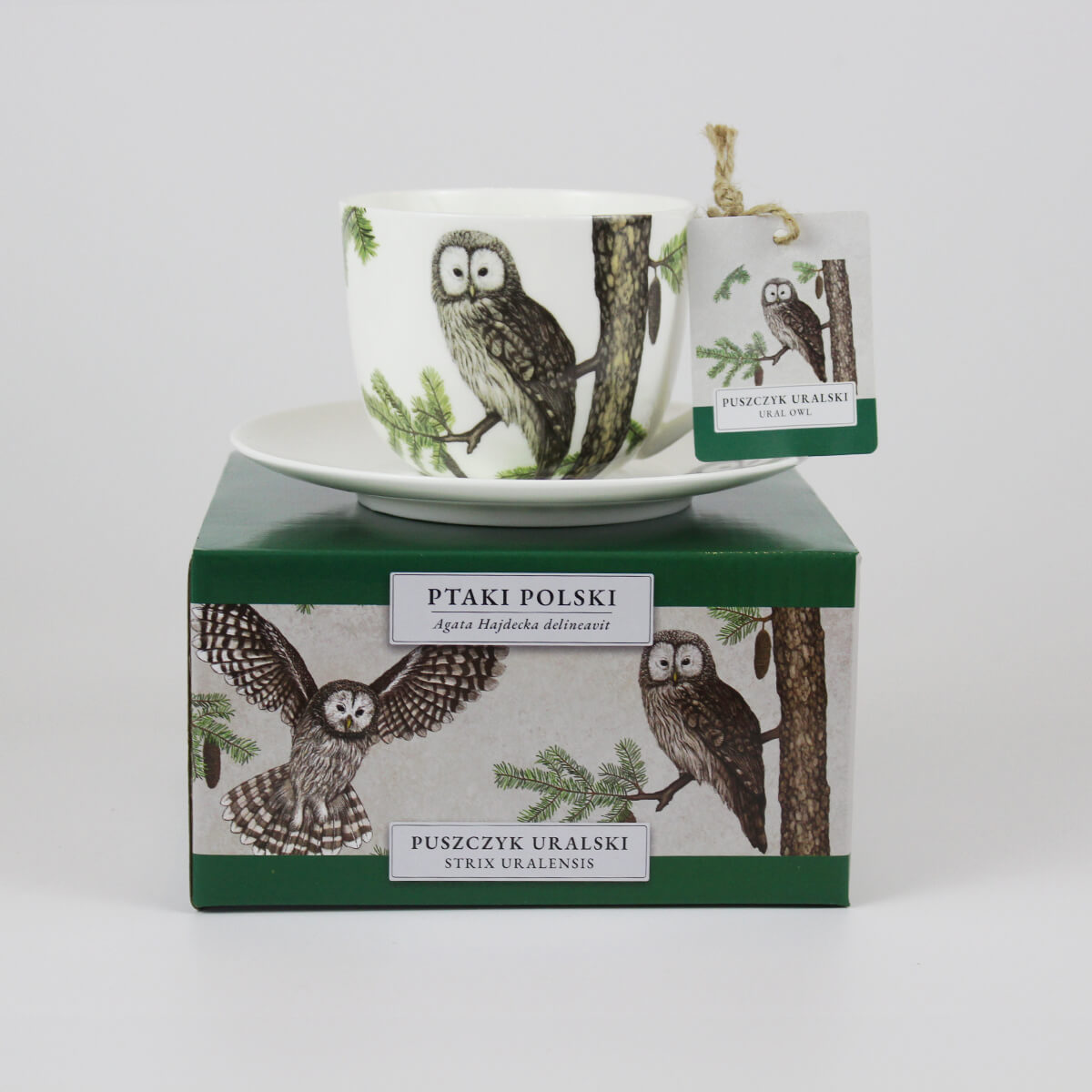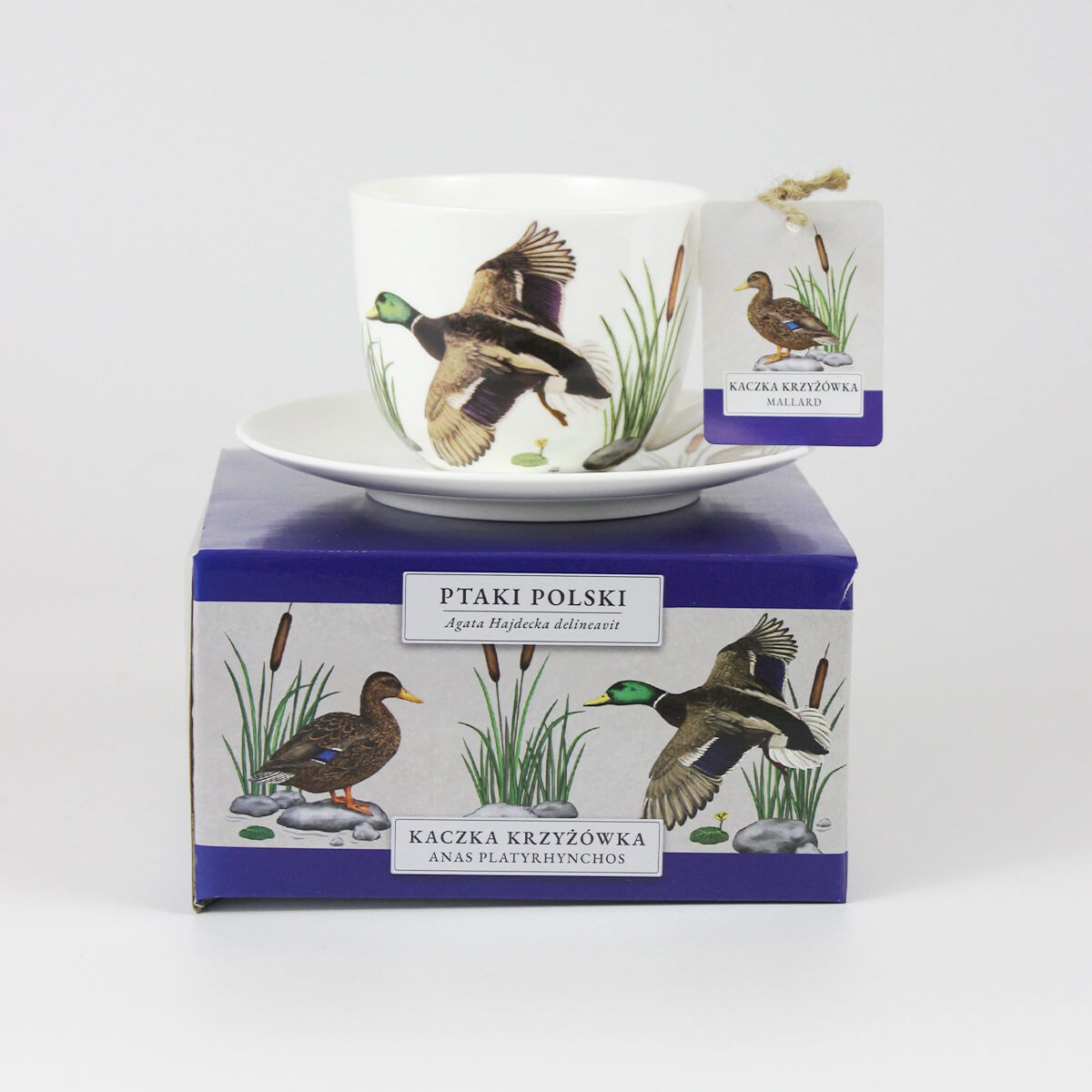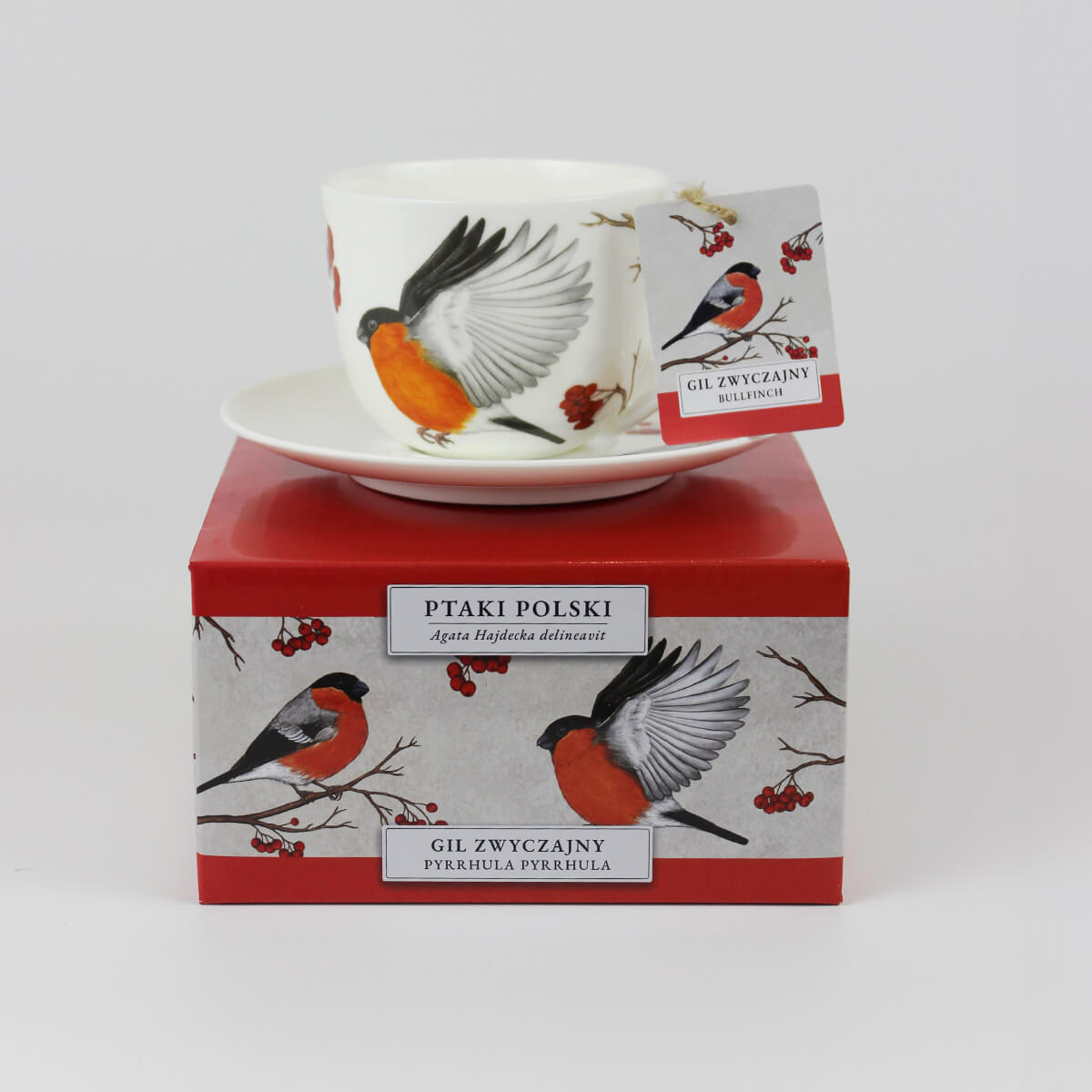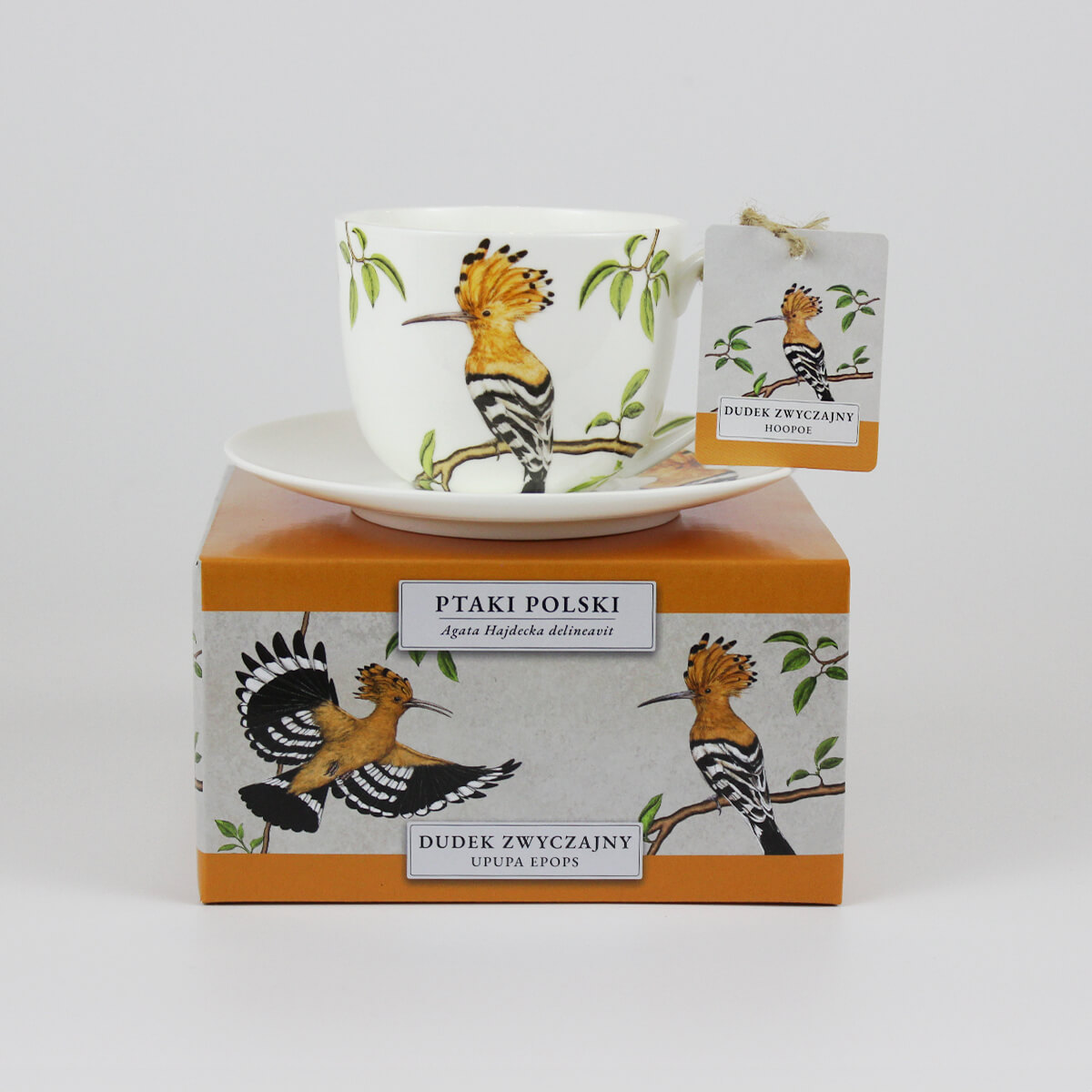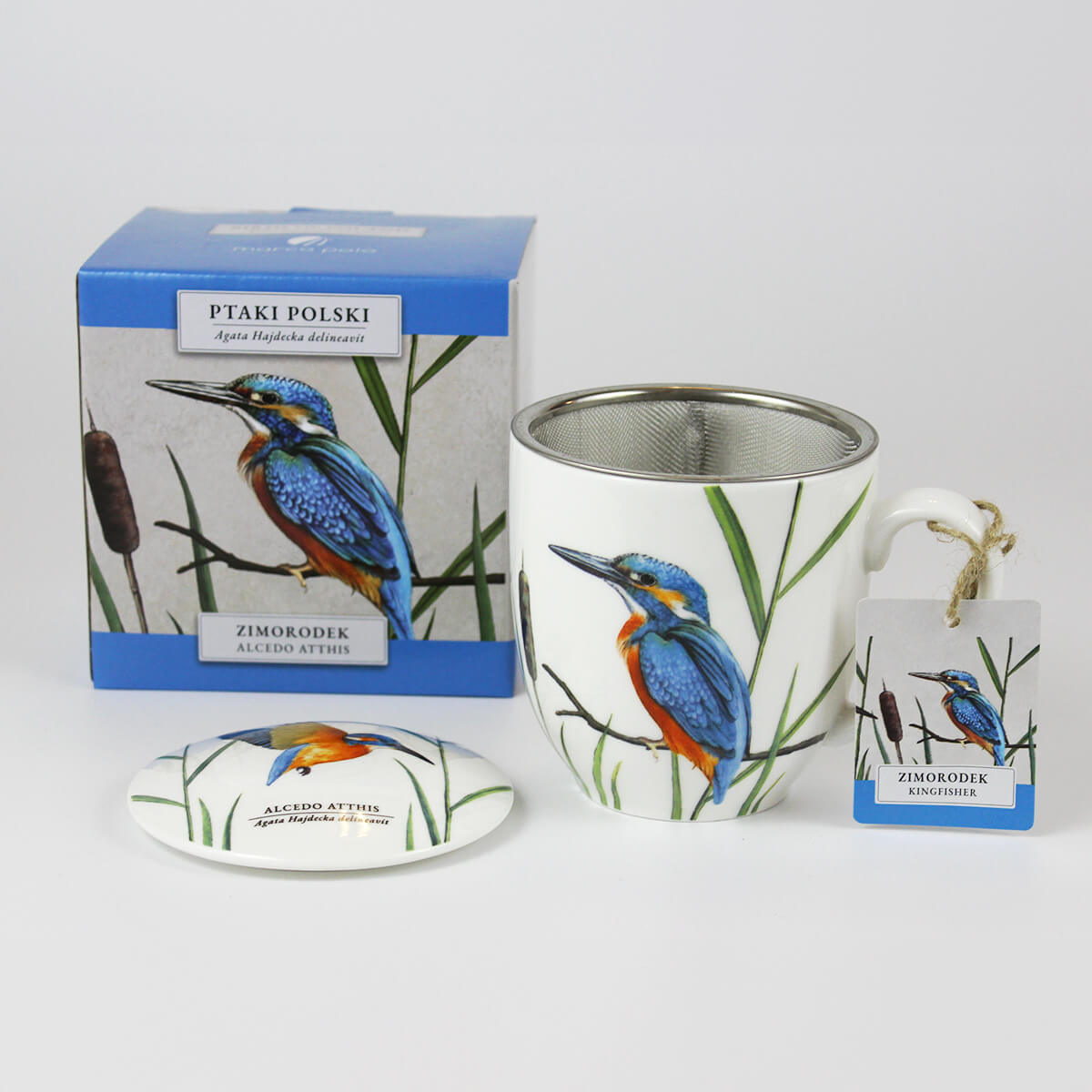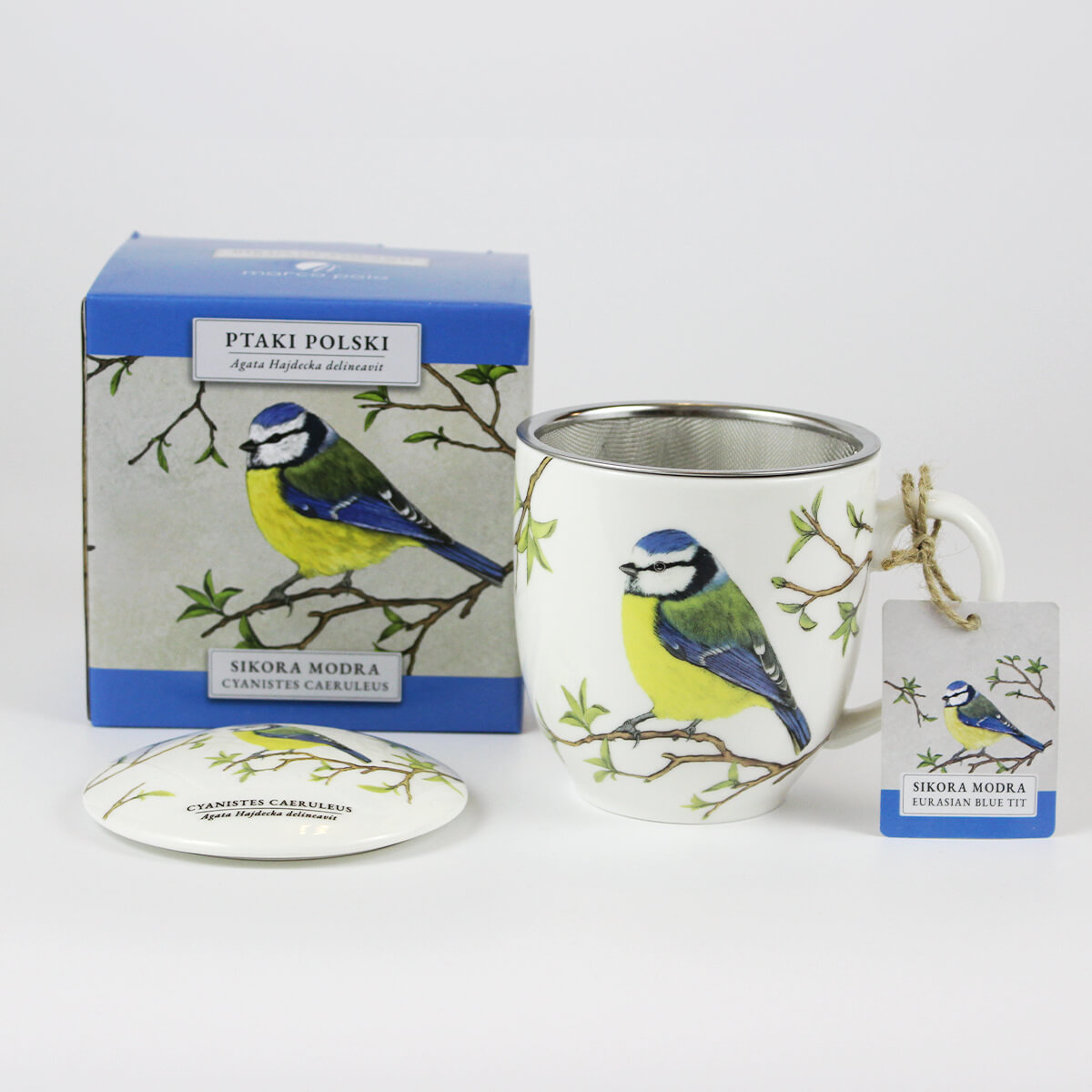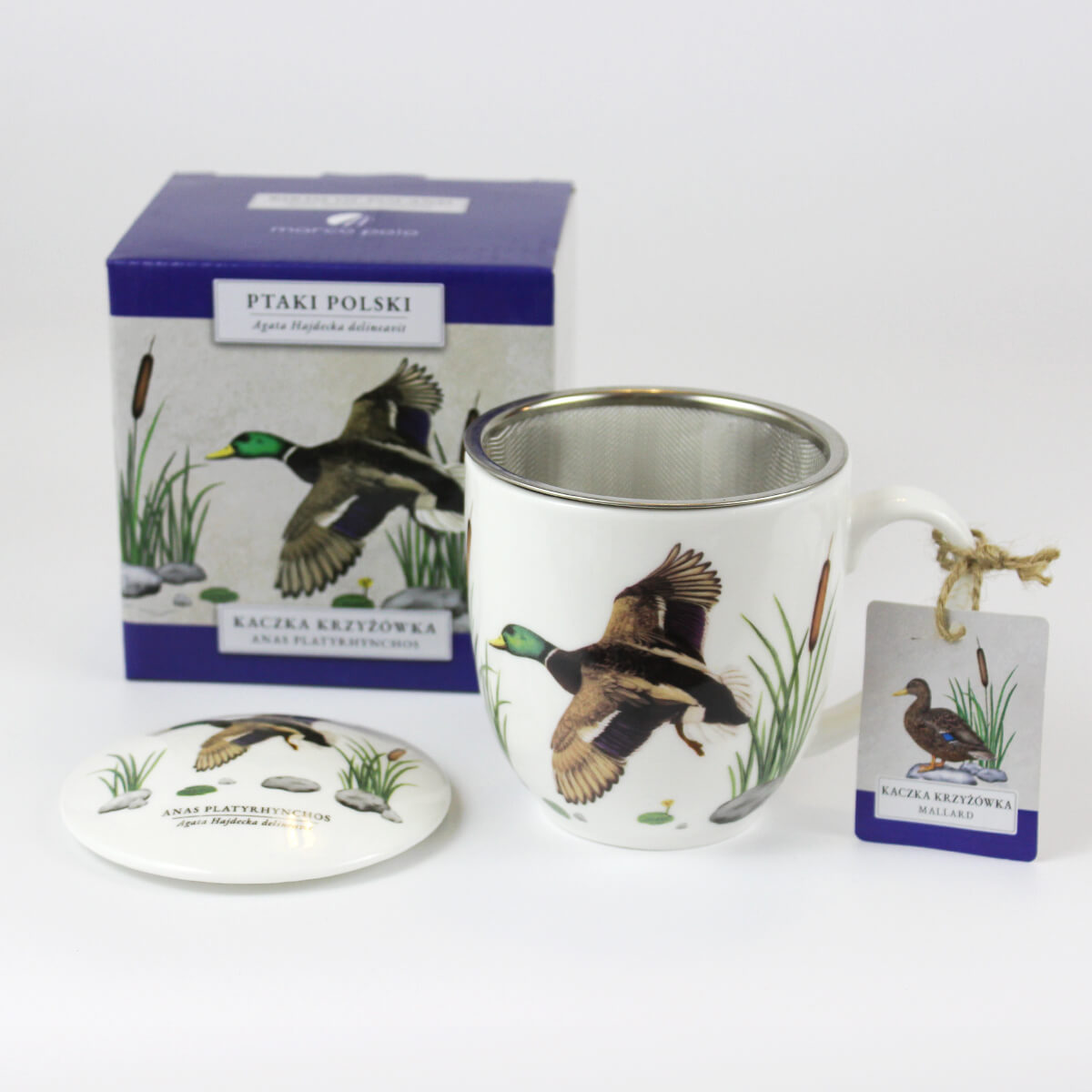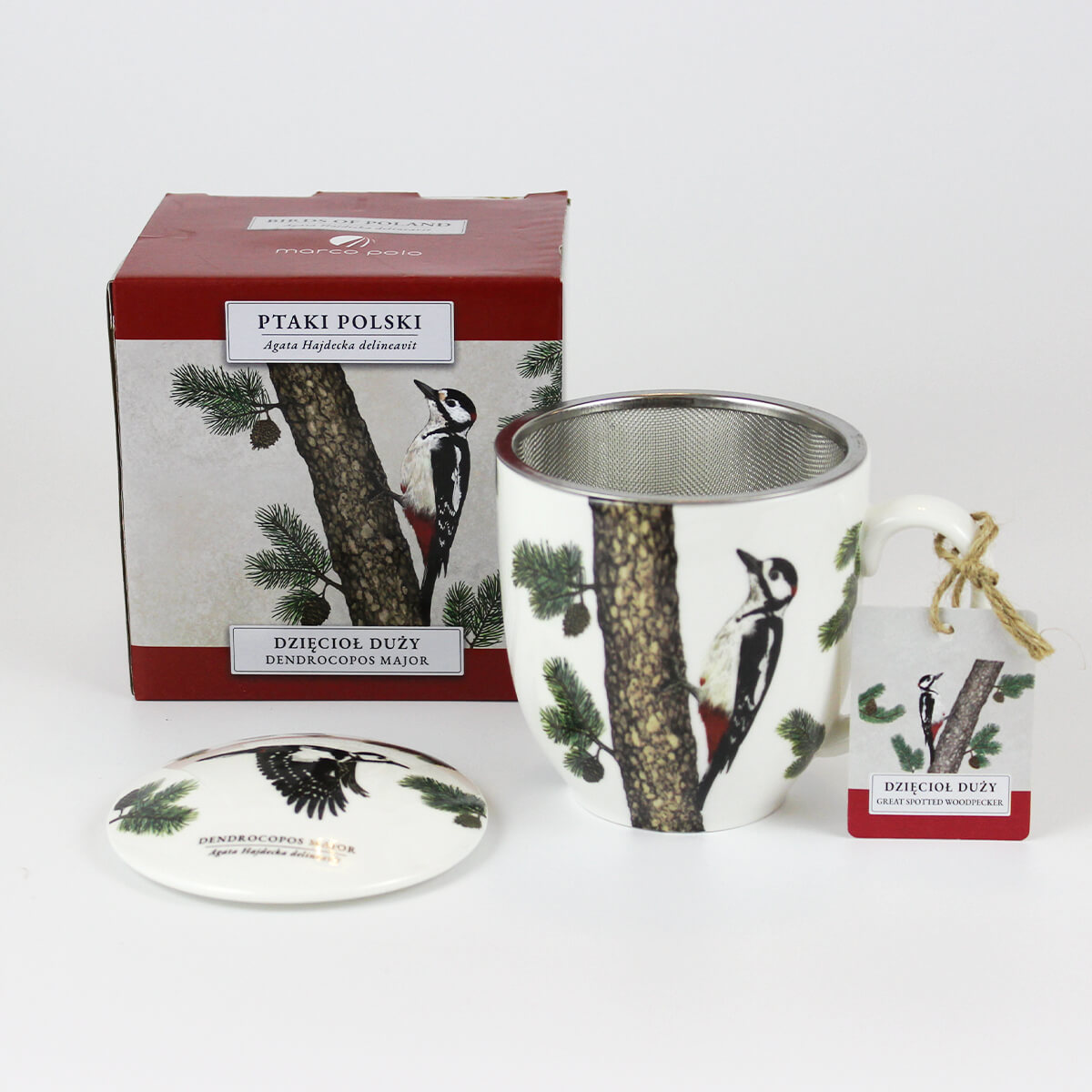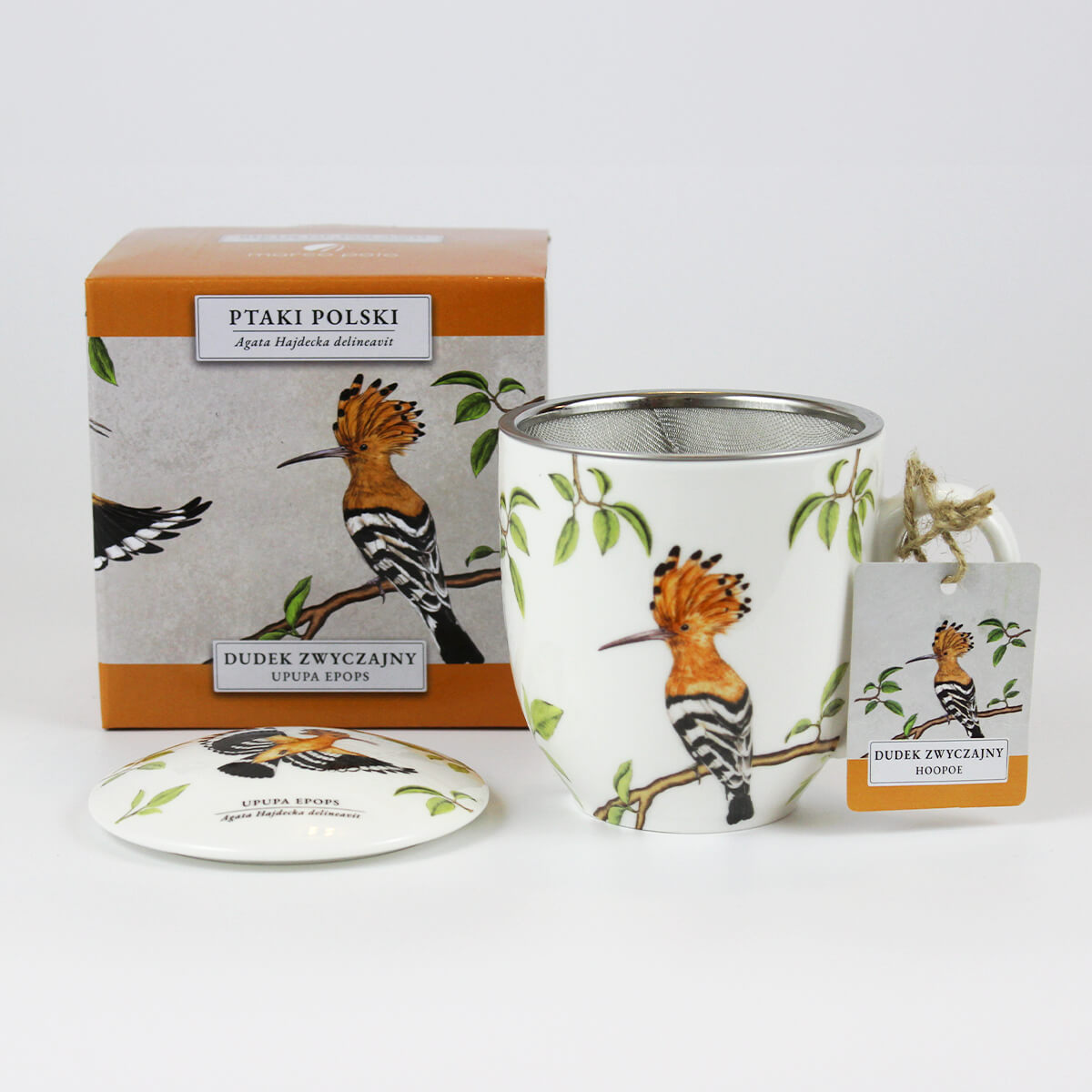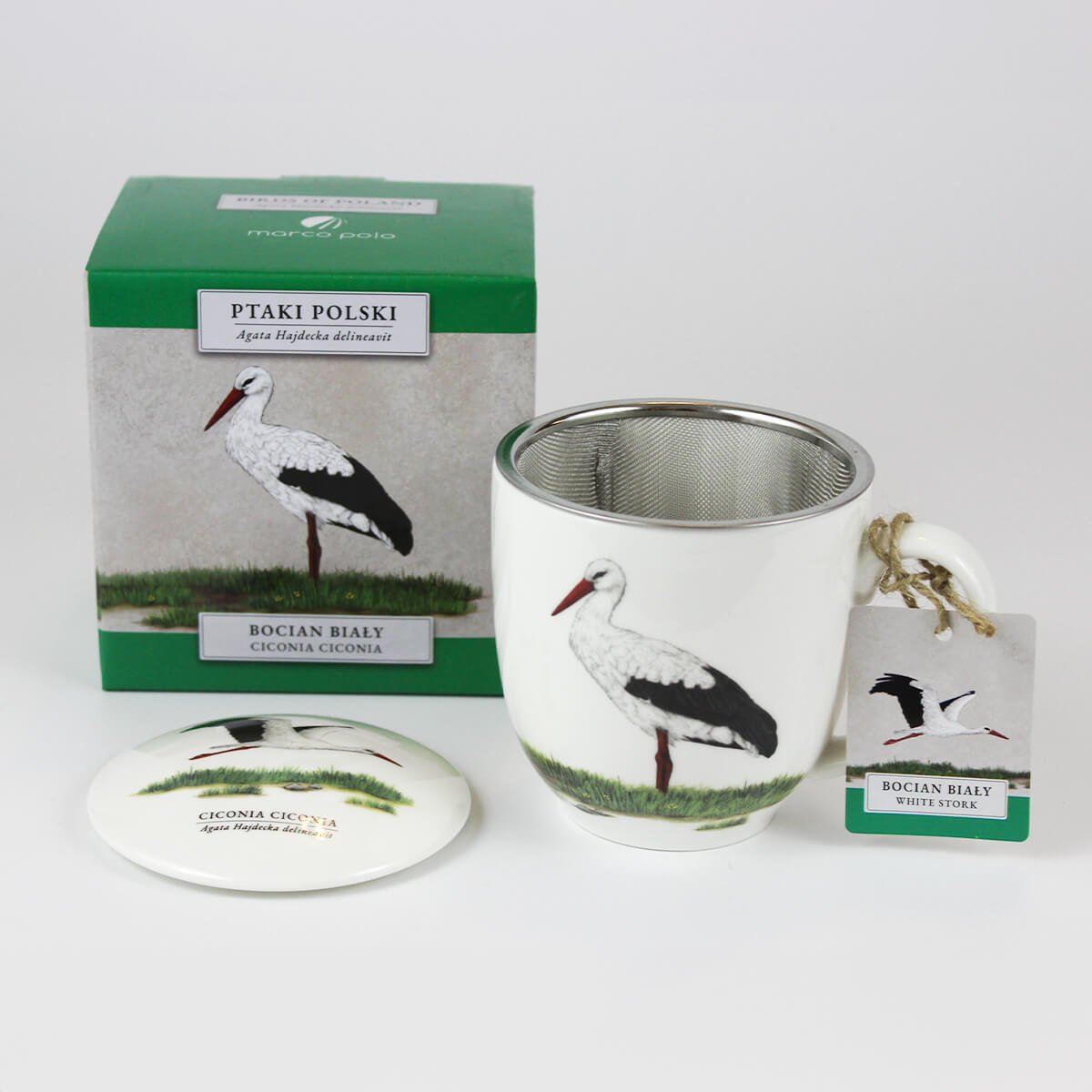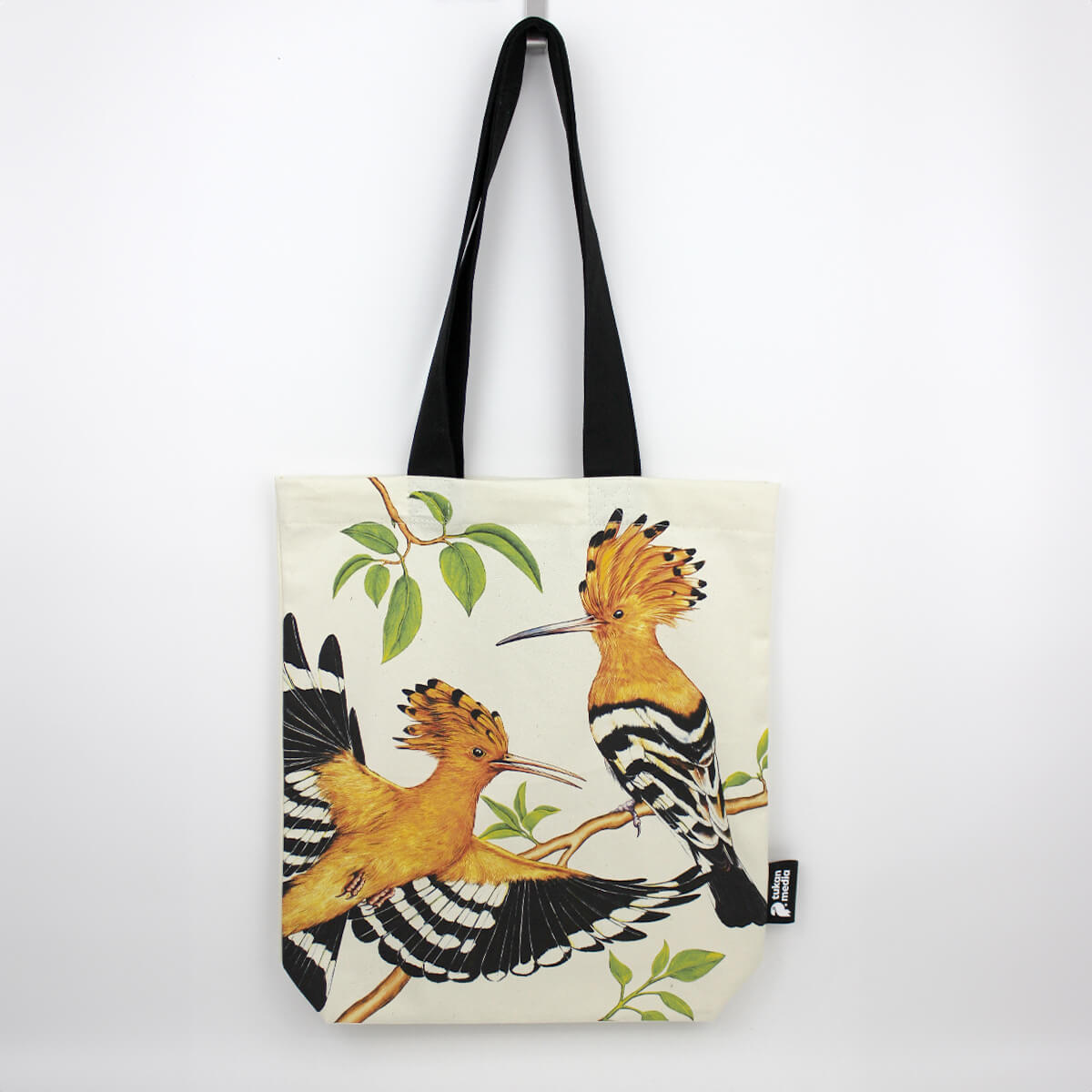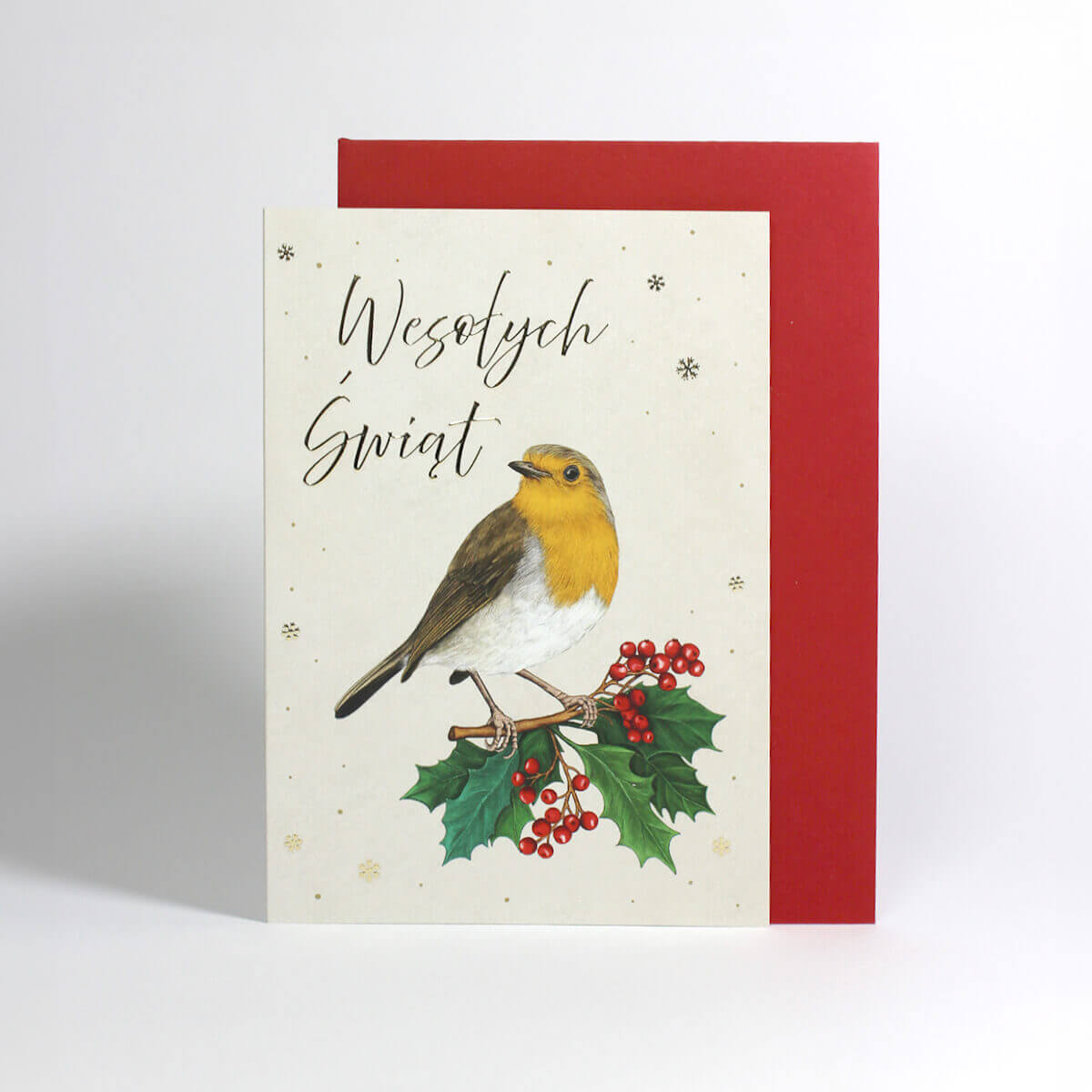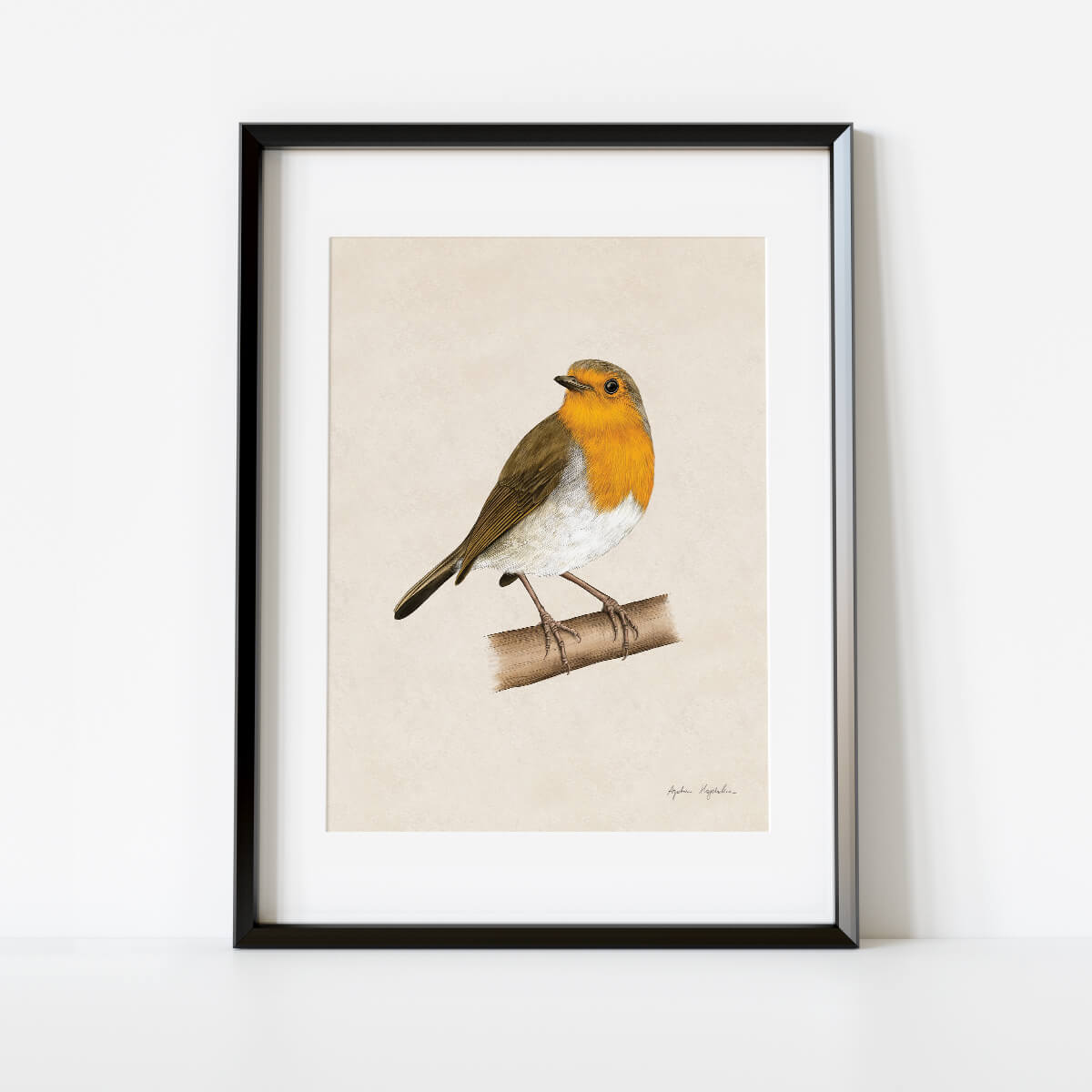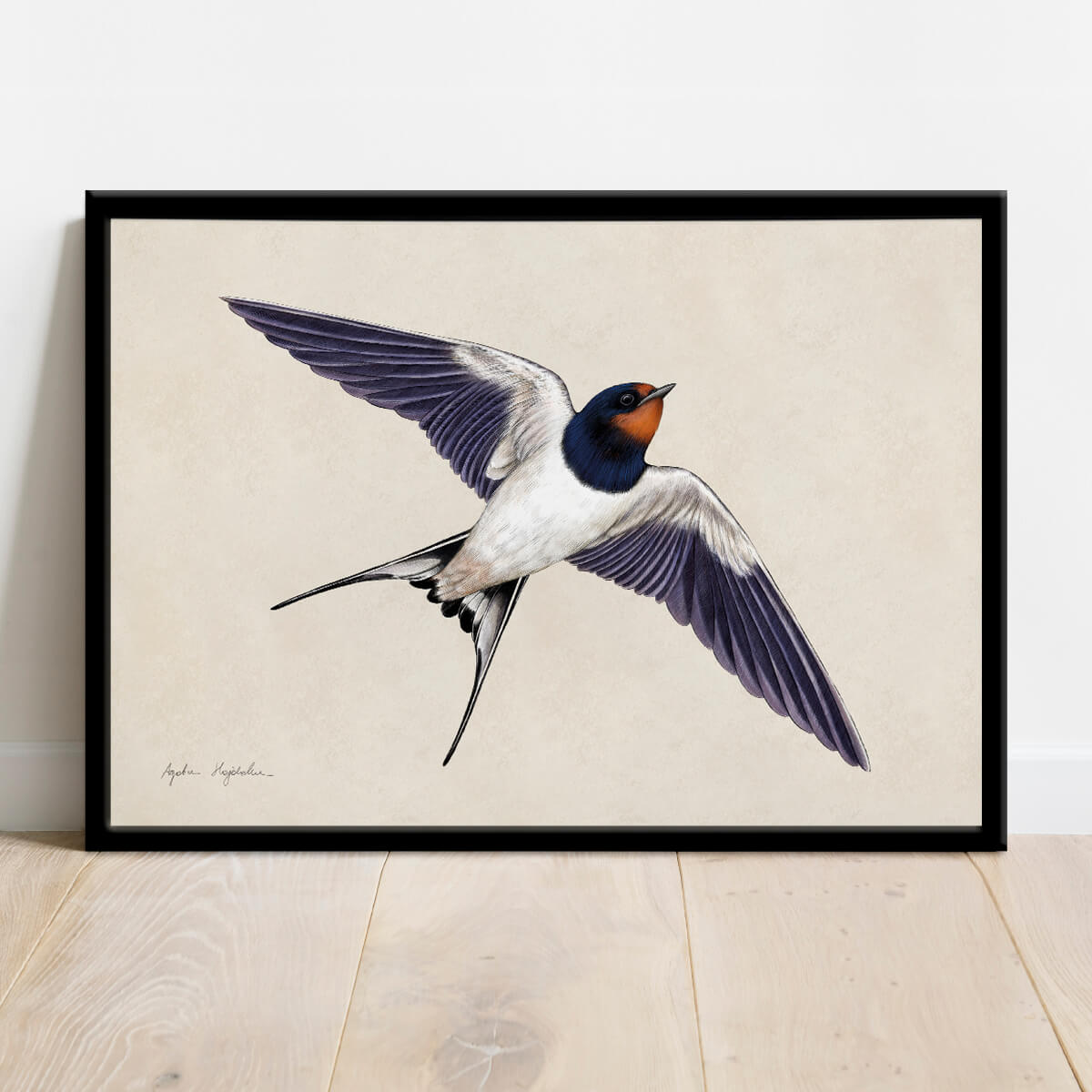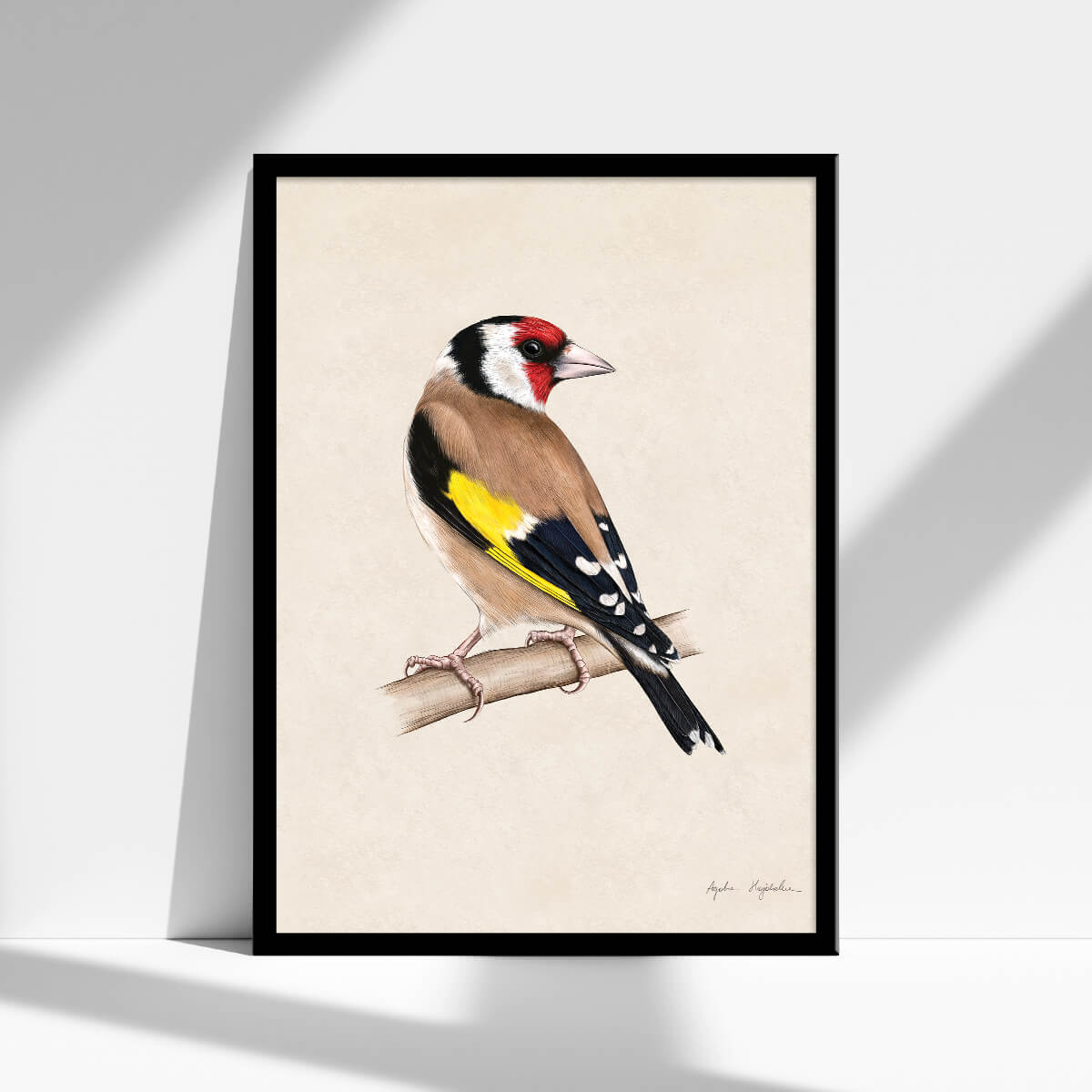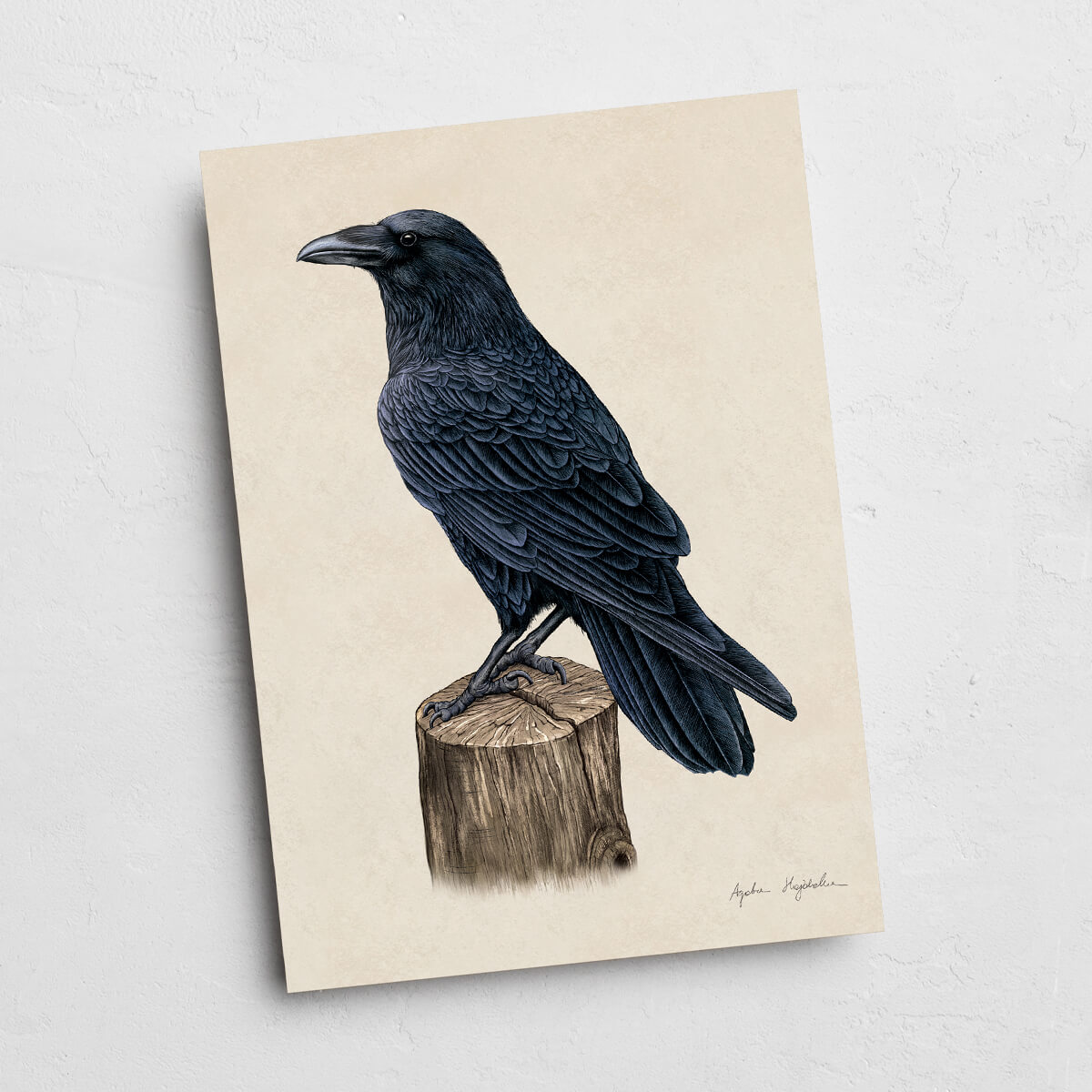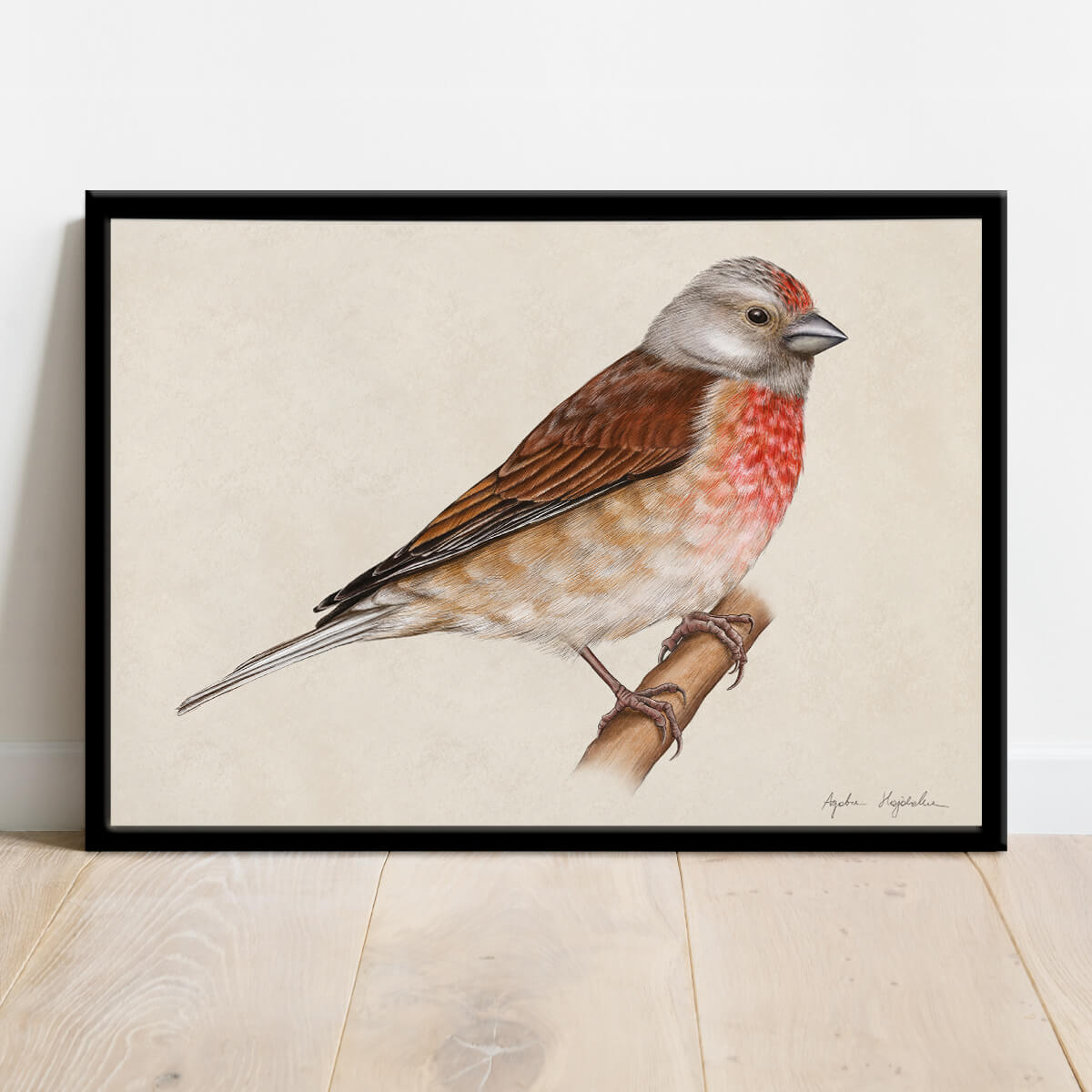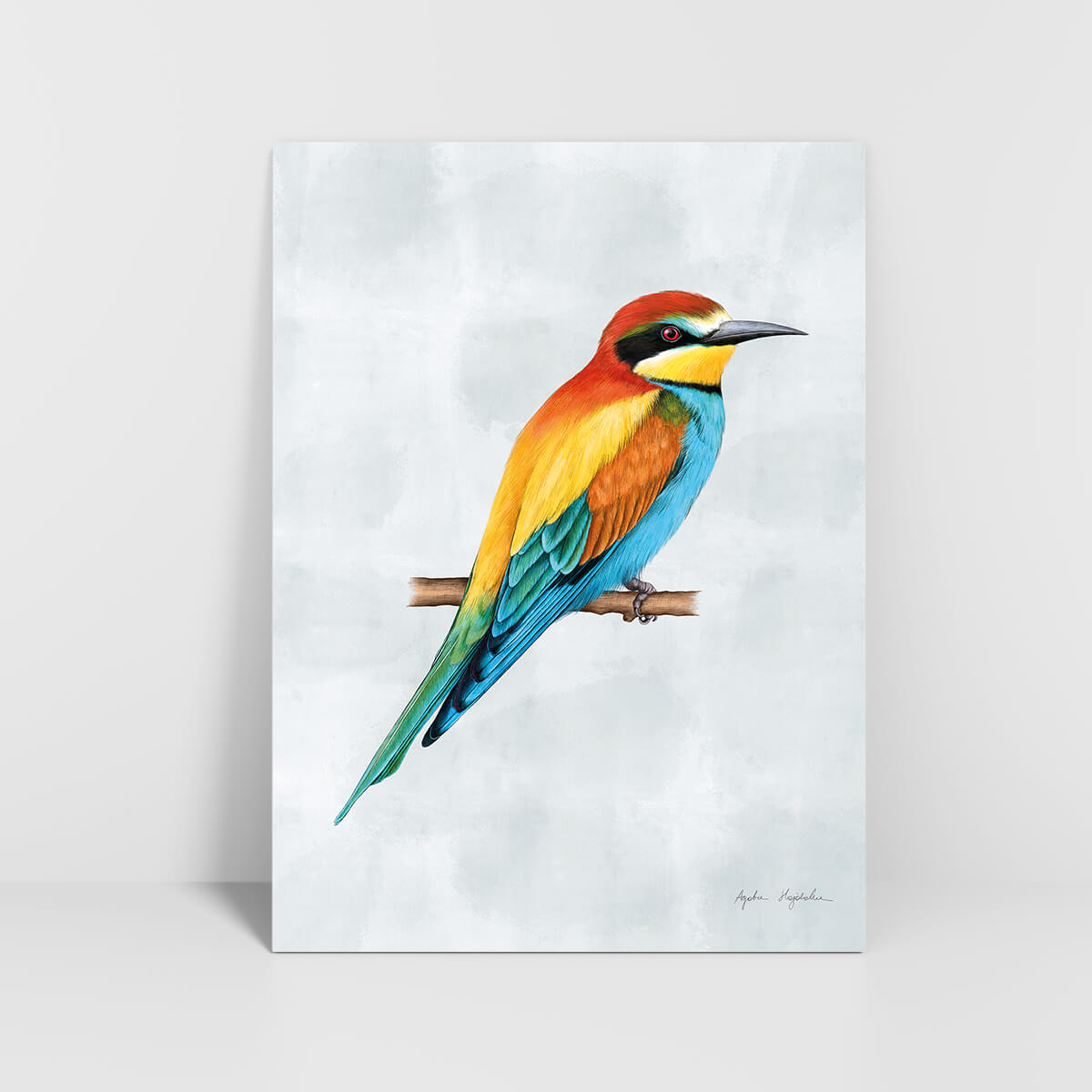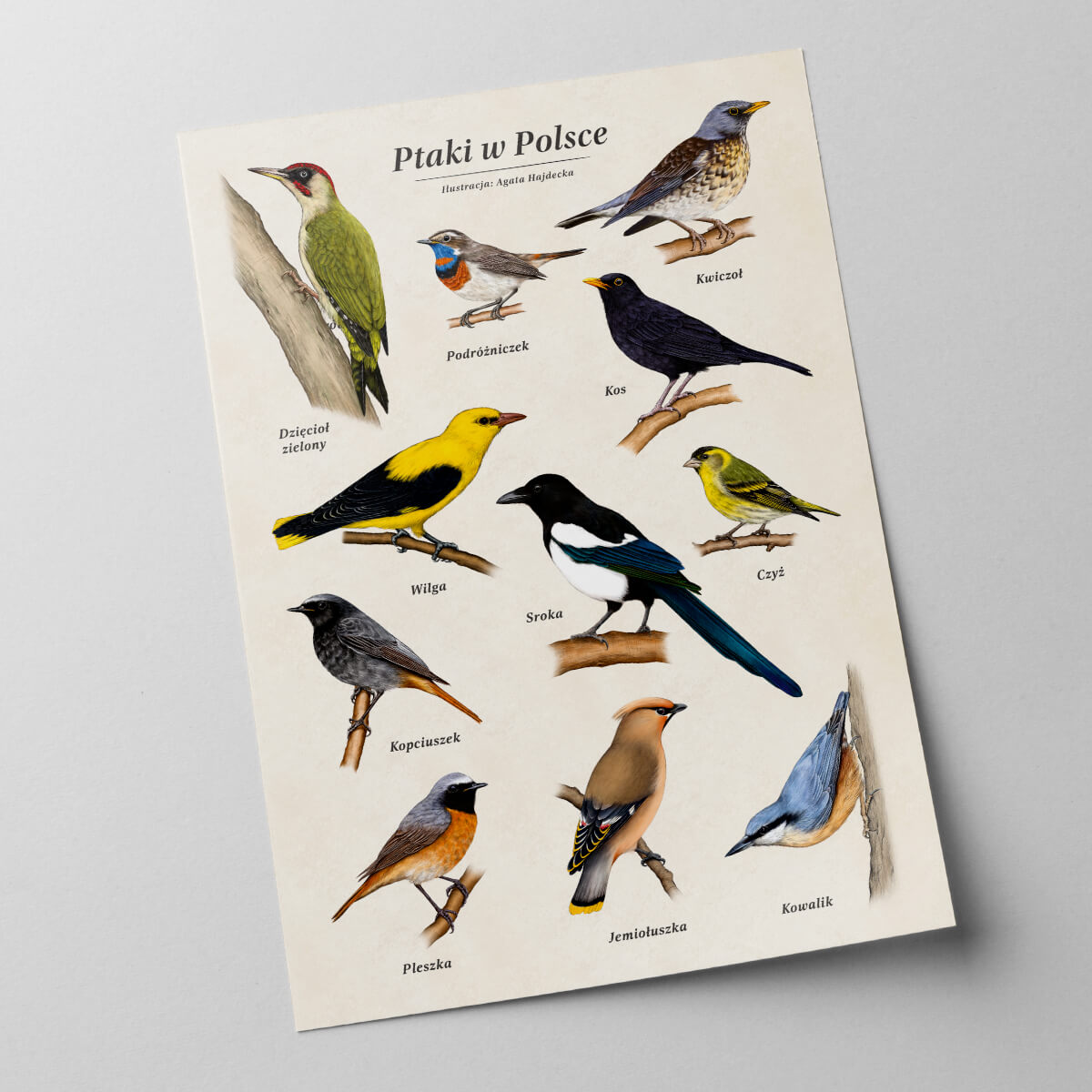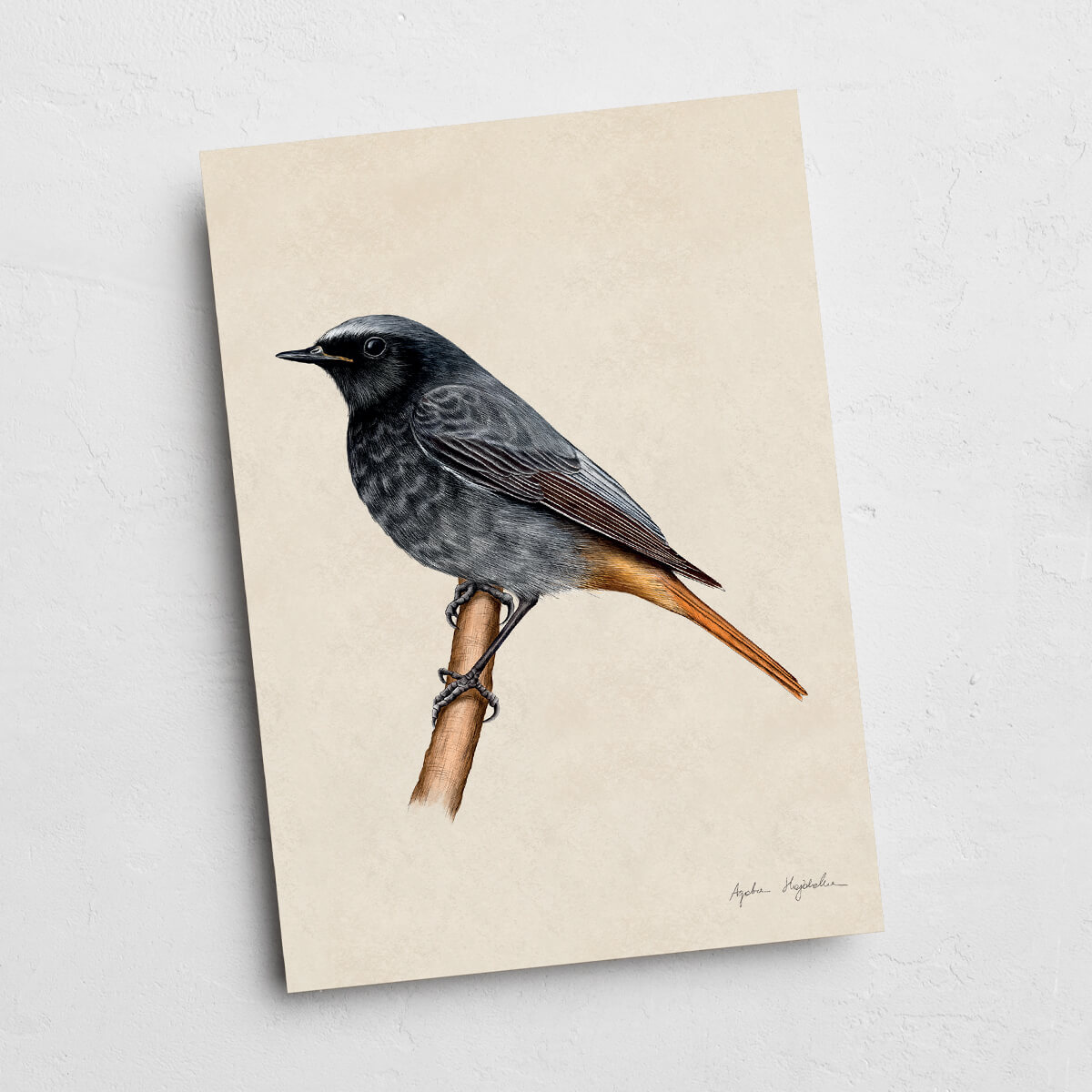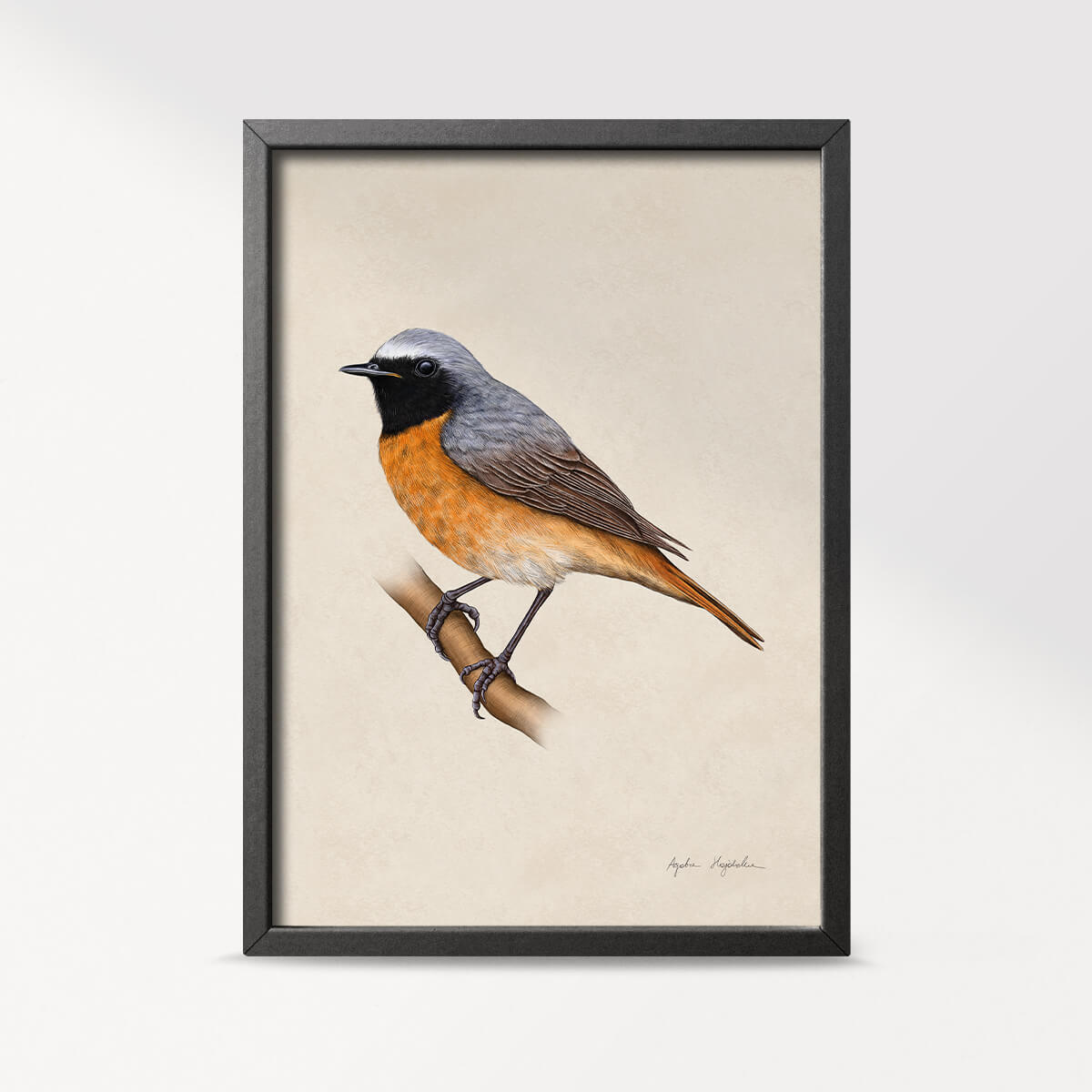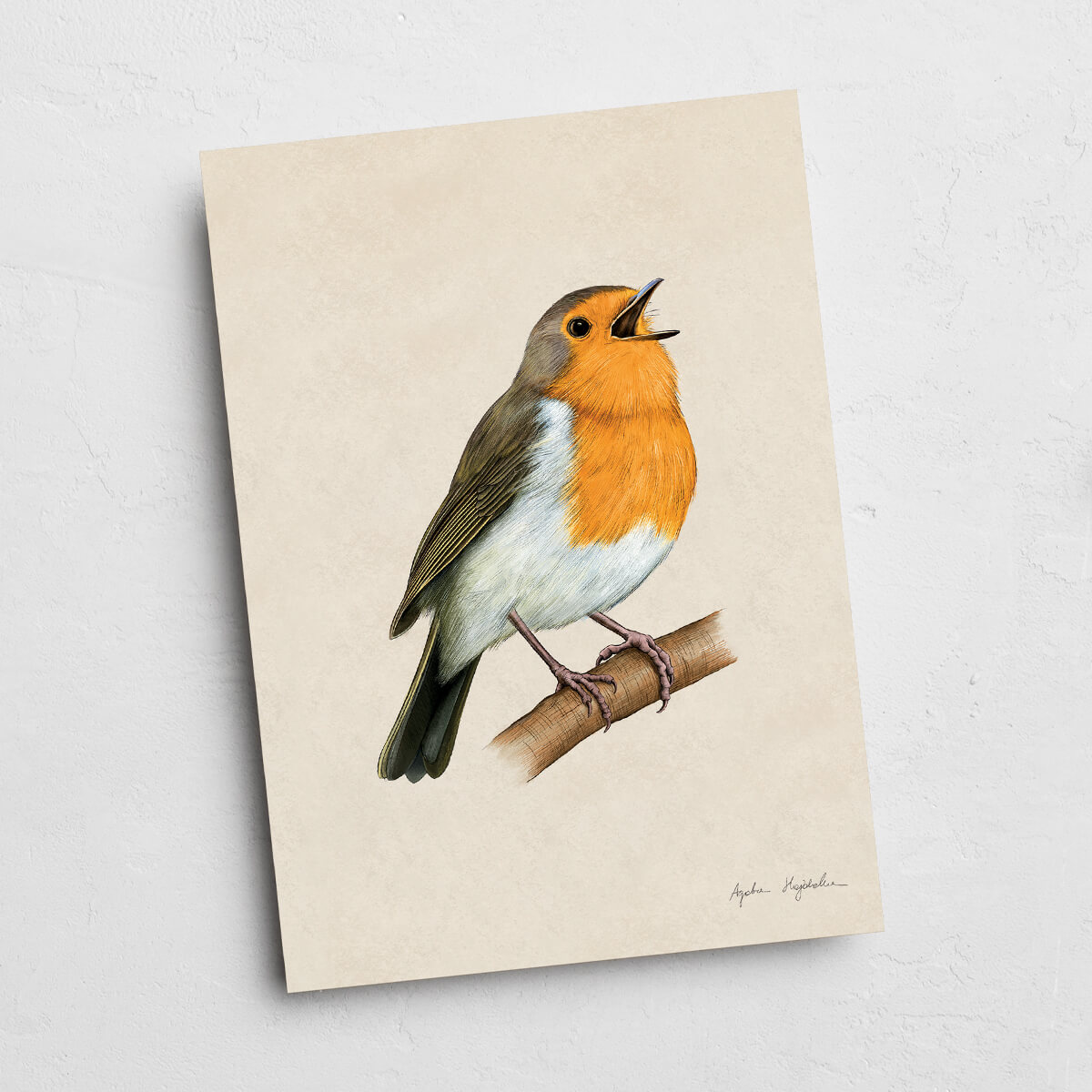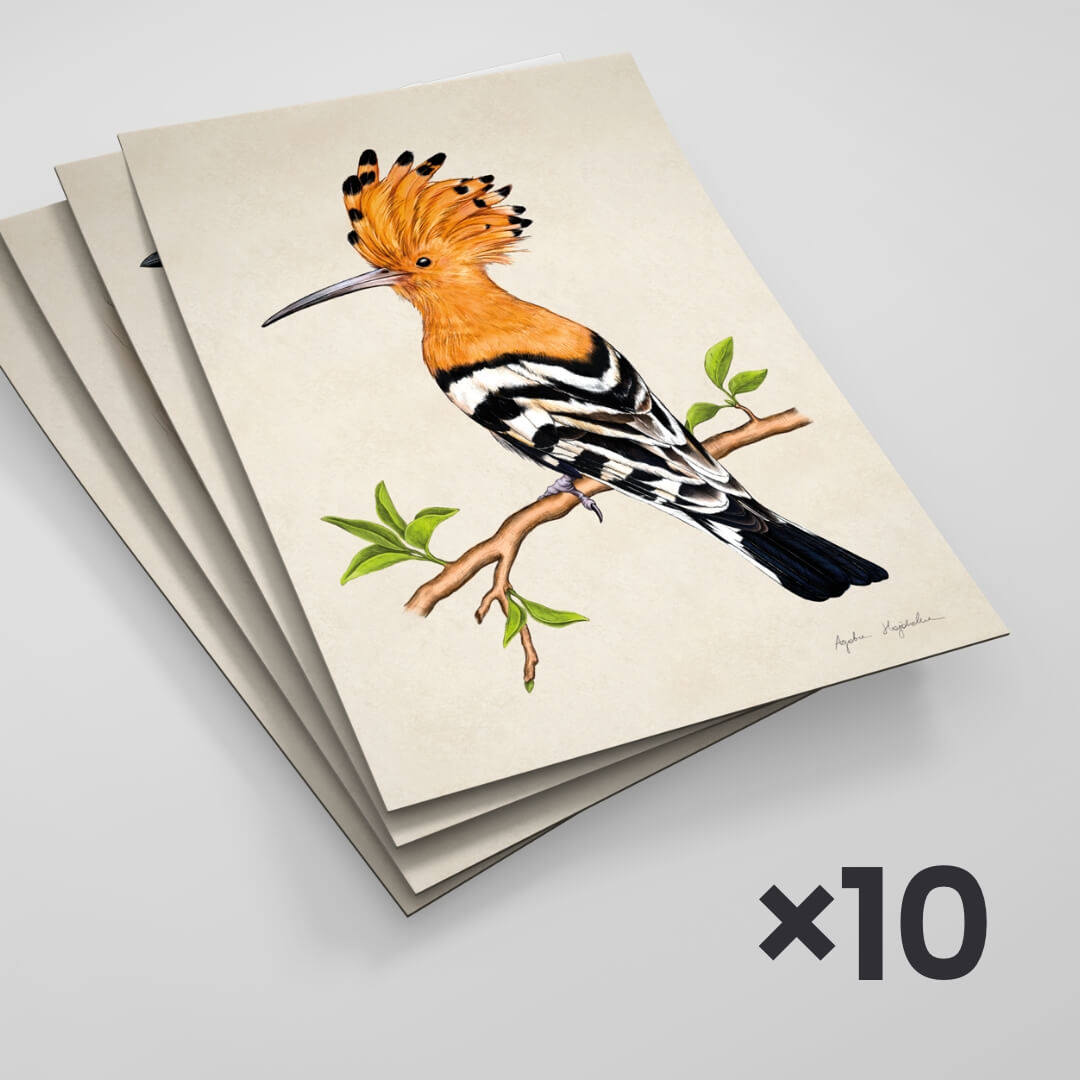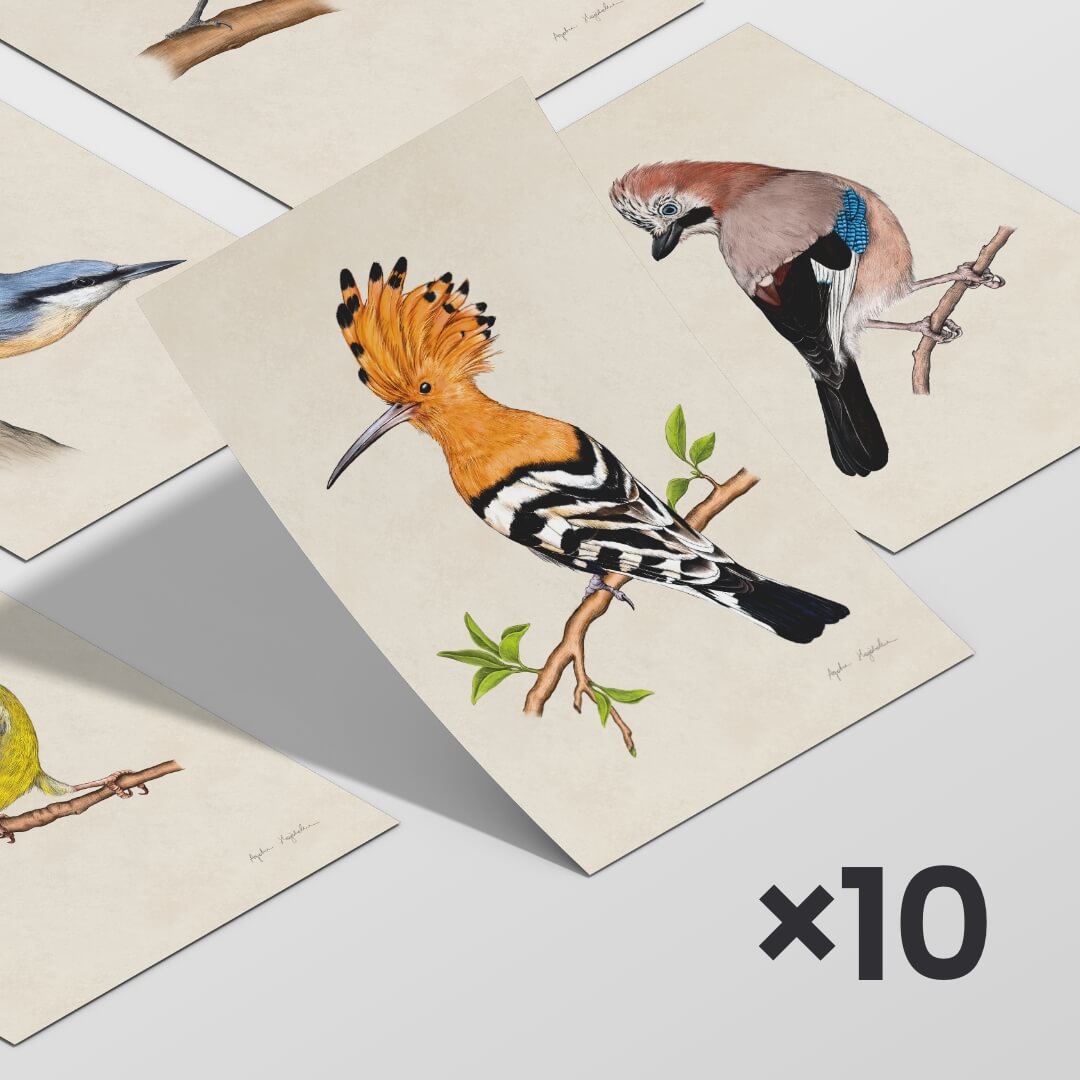- Tukan media
- Explore birds
- Eurasian jay
Eurasian jay
The Eurasian jay, a medium-sized Polish bird, is found throughout Europe and generally sticks to the territory it settles in, hence the well-known phrase "wybierać się jak sójka za morze," which translates to "to set off like a jay over the sea." It often chooses old forests and wooded areas as its habitat, and in urban areas, you can find it in large parks or along oak and chestnut avenues. As wintering birds in Poland, jays migrate only in periods of poor food supply. During such times, one can observe flocks migrating that might move up to 600 km away from their usual territory. Jays from Eastern and Northern Europe fly to Poland during the winter. Jays are protected Polish birds.
What does the Eurasian jay look like? A captivating coloration...
It's impossible to mistake it for other birds, as it stands out with its unique coloring. Brownish-red plumage adorns its black wings with streaked accents in shades of blue. However, the fascinating blue hue isn't the result of pigments like in most birds, but rather an optical illusion caused by light refraction. The quantity of streaks isn't coincidental! Juvenile individuals have broader and less regular streaks, while in older birds, they become more regular, narrower, and there are more of them. The overall plumage is topped with a white rump and a black tail.
Eurasian jay - lifestyle and diet
This colorful bird builds its nest using thin twigs and lines it with grass and roots. It usually nests in tree canopies. The main diet of the Eurasian Jay consists of acorns, but it doesn't disregard insects, other birds' eggs, vertebrates, and nuts either. Thanks to its fondness for acorns, it contributes to forest propagation – it gathers reserves in the autumn, some of which it might forget about. Young trees grow from these forgotten reserves. During the breeding season, it lays about 5 eggs with a one-day interval. These eggs also stand out with their coloring – they are blue-green and finely speckled. After a little over two weeks of incubation, the chicks hatch and spend no more than 21 days in the nest.
Remarkable vocal abilities
These well-known and well-liked Polish birds – jays – are called the "guardians of the forest," and that's because they inform other individuals about threats and the presence of intruders with their loud screeches. Due to their excellent hearing and vocal talent, they can imitate the sounds of other animals – even a cat's meow! This ability was discovered in them back in ancient Greece, when they were considered domestic animals and attempts were made to teach them human speech.
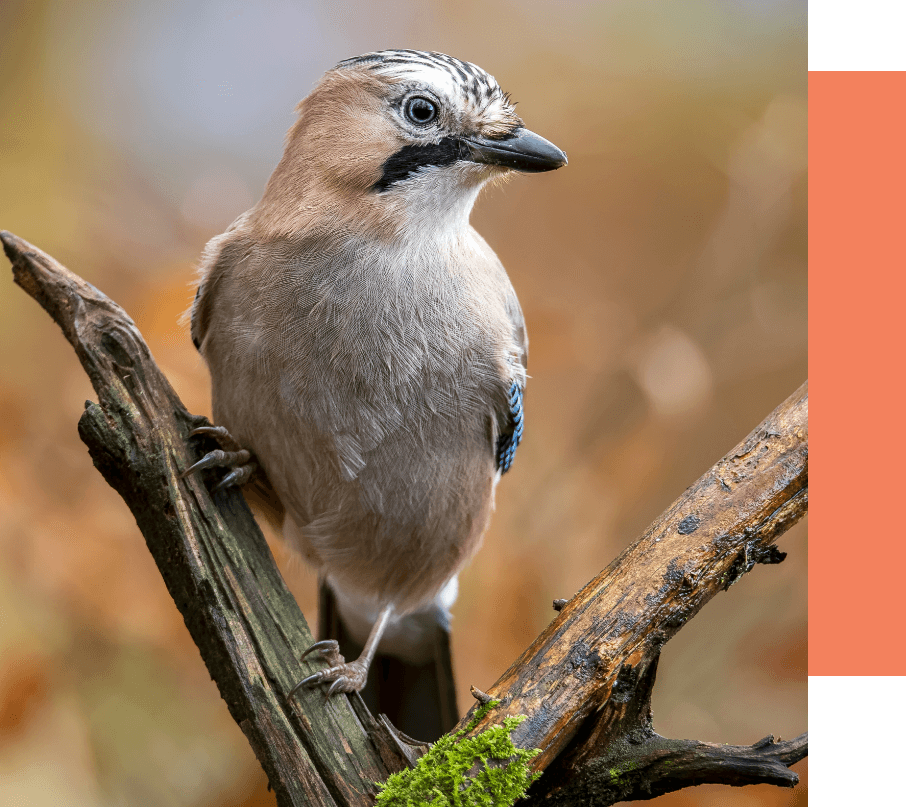
Listen to the voice
Gadgets with Eurasian jay illustrations
Are you fascinated by the jay's nature and captivated by its appearance? Bring decorations featuring the jay into your interiors! I create:
- illustrations and posters
- bookmarks
View products with the Eurasian jay
89.00 zł
160.00 zł – 320.00 zł
75.00 zł
5.00 zł
5.00 zł
60.00 zł – 120.00 zł
60.00 zł – 120.00 zł
20.00 zł – 120.00 zł
Eurasian jay - Additional Information
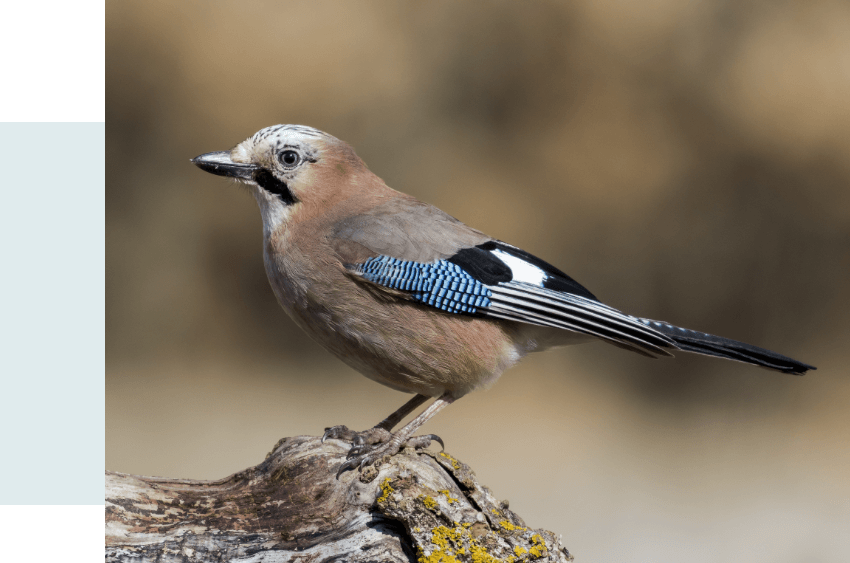
Eurasian jay
Garrulus glandarius
Family
Corvids
Locations of Occurrence
Old forests, large parks, and wooded areas
Food
Small vertebrates, insects, bird eggs, as well as plant food
Population
Moderately common breeding bird.
Migrations
Partly sedentary and migratory
Breeding
5-7 blue-green, finely speckled eggs. Incubation: 16-17 days. Young birds leave the nest after 19-21 days
See other products with birds
89.00 zł
89.00 zł
20.00 zł – 120.00 zł
20.00 zł – 120.00 zł
20.00 zł – 120.00 zł
60.00 zł – 120.00 zł
20.00 zł – 120.00 zł
20.00 zł – 120.00 zł
20.00 zł – 120.00 zł
267.00 zł 230.00 zł
553.00 zł 499.00 zł
400.00 zł 375.00 zł
464.00 zł 439.00 zł
237.00 zł 225.00 zł
150.00 zł 143.00 zł
174.00 zł 165.00 zł
89.00 zł
50.00 zł
50.00 zł
58.00 zł
79.00 zł
79.00 zł
79.00 zł
79.00 zł
79.00 zł
50.00 zł
50.00 zł
50.00 zł
50.00 zł
50.00 zł
89.00 zł
89.00 zł
20.00 zł – 120.00 zł
20.00 zł – 120.00 zł
20.00 zł – 120.00 zł
20.00 zł – 120.00 zł
89.00 zł
20.00 zł – 120.00 zł
20.00 zł – 120.00 zł
60.00 zł – 120.00 zł
20.00 zł – 120.00 zł
20.00 zł – 120.00 zł
20.00 zł – 120.00 zł
600.00 zł 500.00 zł
160.00 zł – 320.00 zł
450.00 zł 400.00 zł
